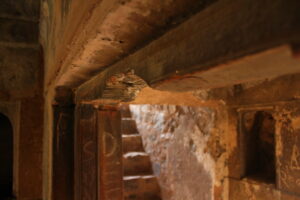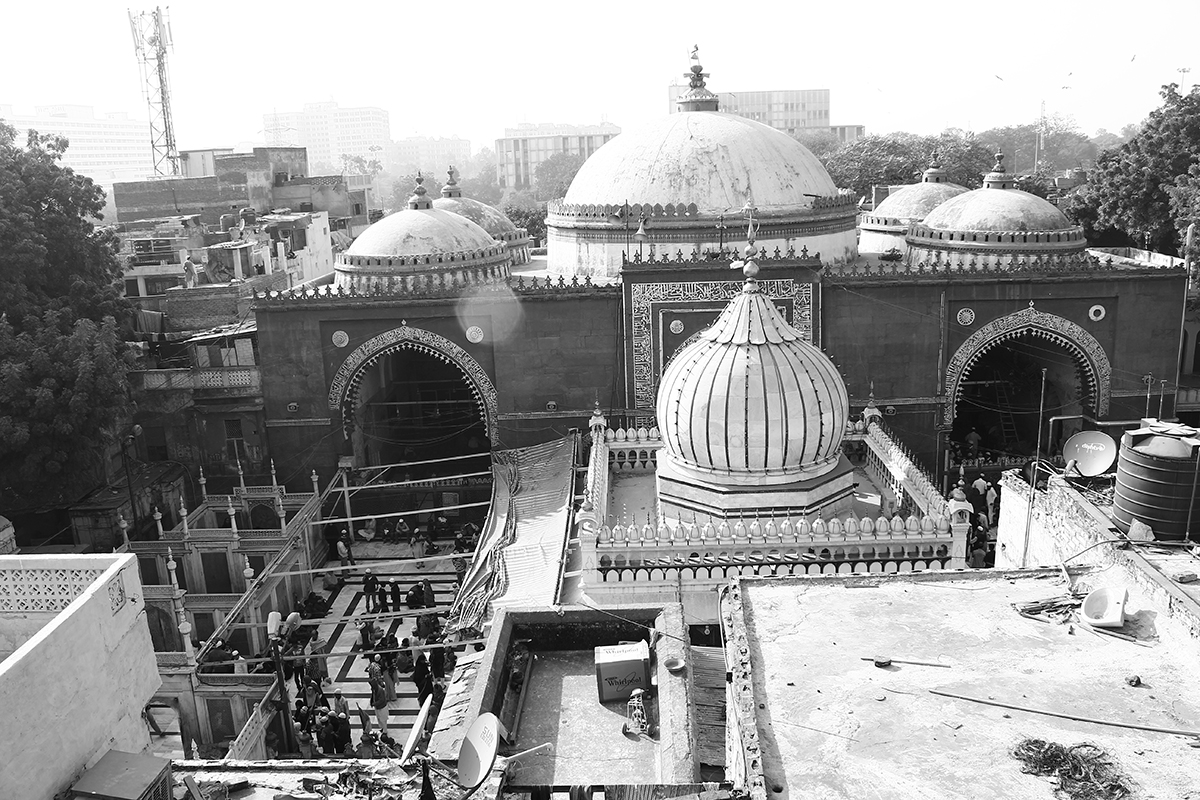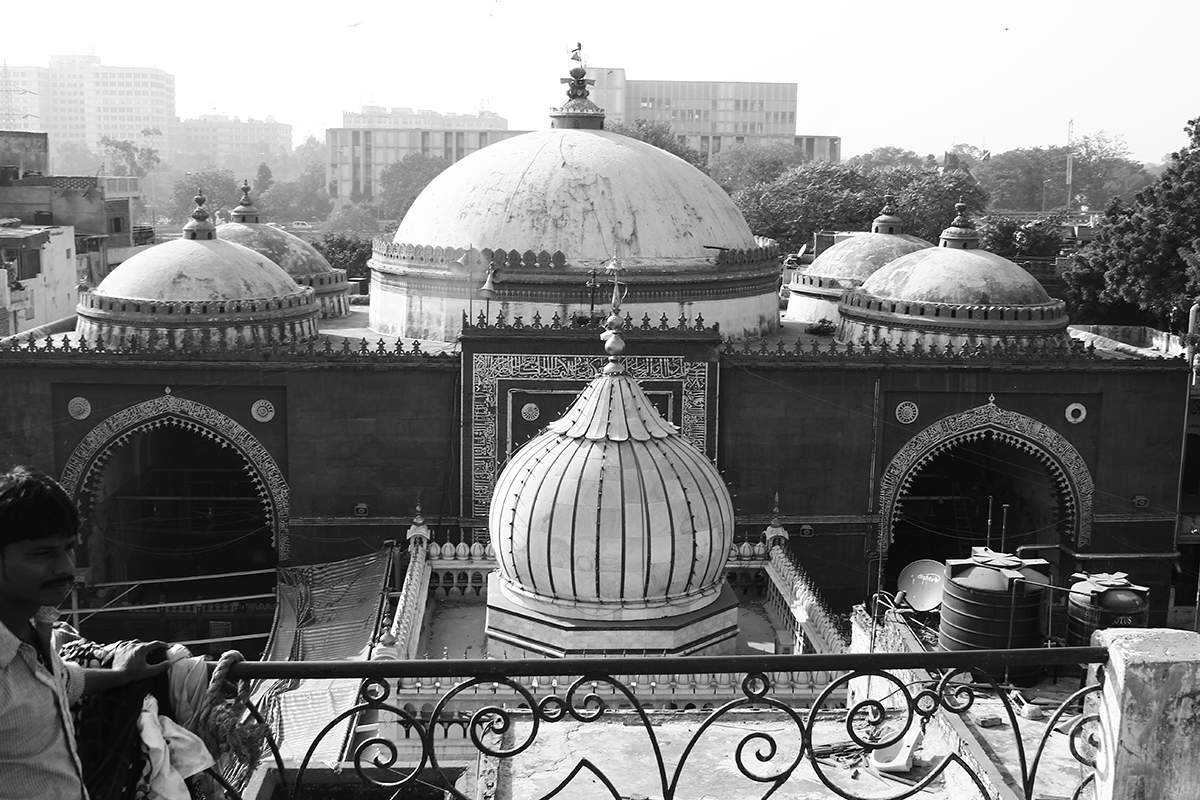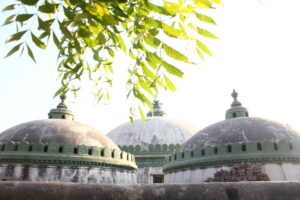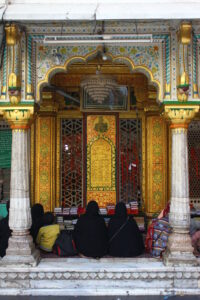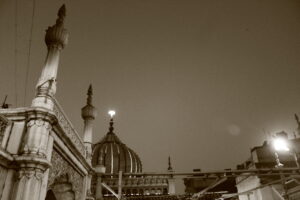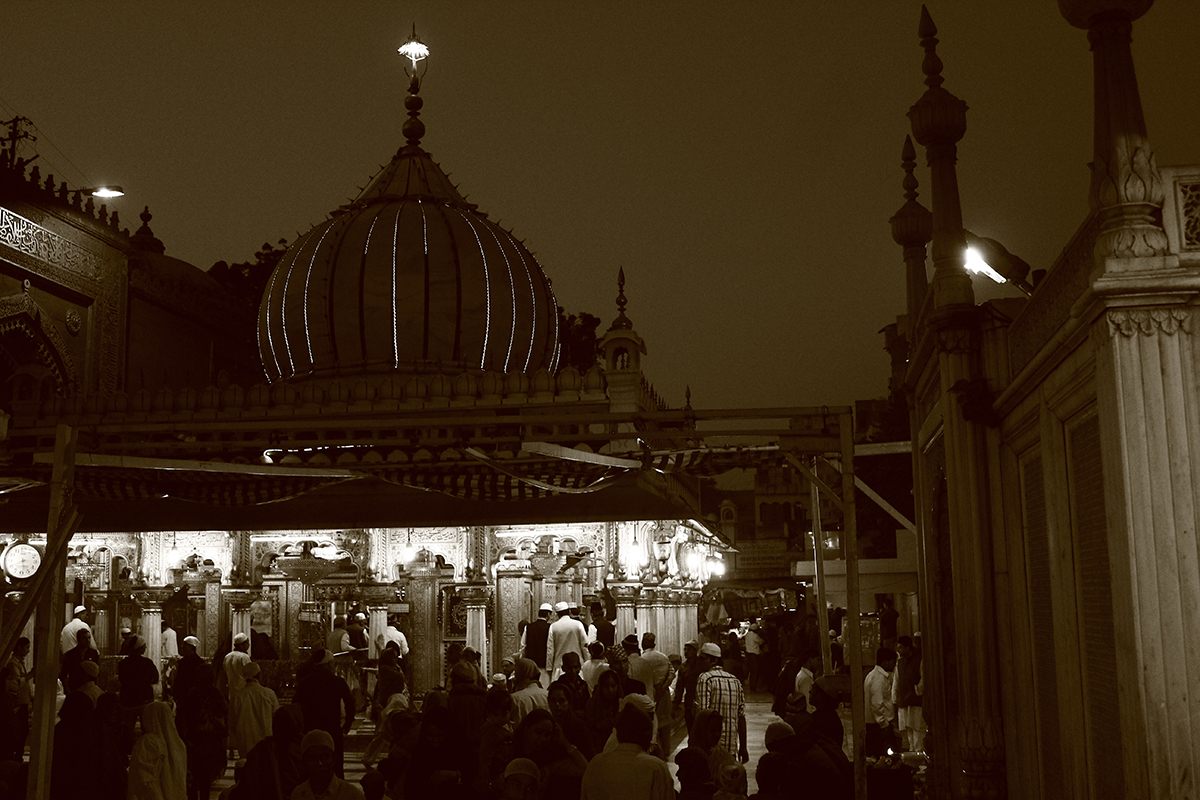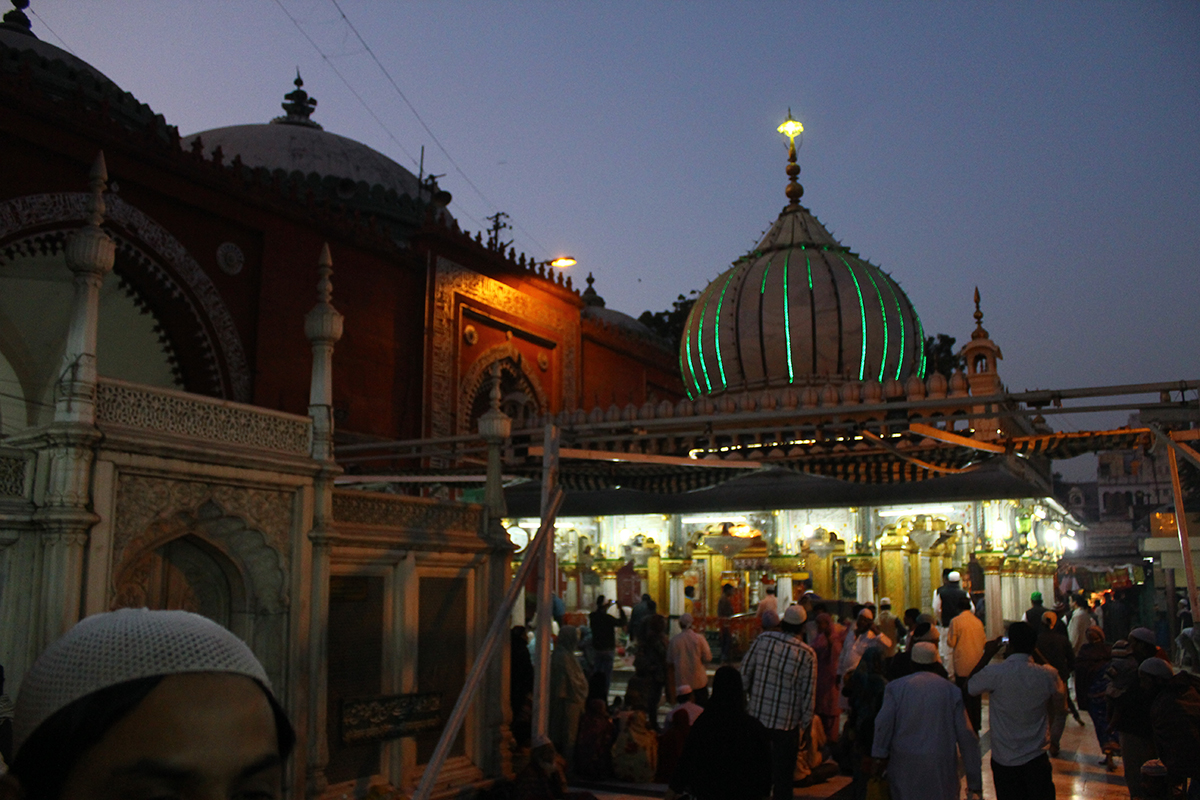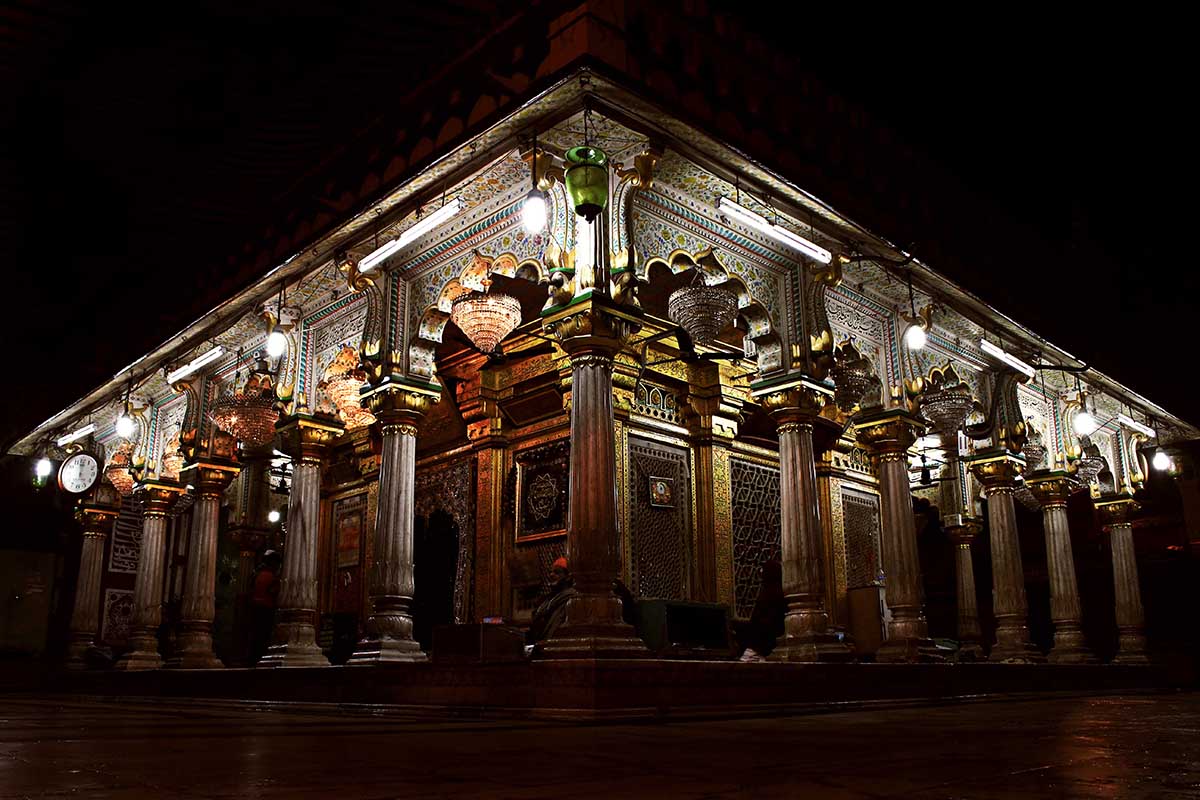
Hazrat Nizamuddin Auliya and Amir Khusrau through the lens of a young photographer Aalok Soni
More than 700 years ago, this khanqah bustled with activity. The troubled would be given solace and the poor would be fed. Nizamuddin Auliya knew poverty well. He had gone hungry too. He wouldn’t be able to sleep at night because someone had gone hungry somewhere.
The khanqah was the home of faith. The nobleman and the courtier would seek peace. The court poet of sultans, Amir Khusro, would come to this khanqah to visit his soul: Nizamuddin Auliya. Master and disciple would sit together for hours on the banks of the Labia that flowed past the khanqah, lost in conversation.
The khanqah is still the home of hope, the home of faith.
This week we celebrate the Urs of Amir Khusro and share pictures of the khanqah.
Nizamuddin Auliya was Amir Khusro’s soul. They were together in this world. They are together forever.

Nizamuddin Auliya moved to Ghiyaspur and built his khanqah. This is the entrance to what was once a bustling home where the poor would find food and the troubled solace.

The courtyard of the khanqah which leads to the room where Nizamuddin prayed and meditated.
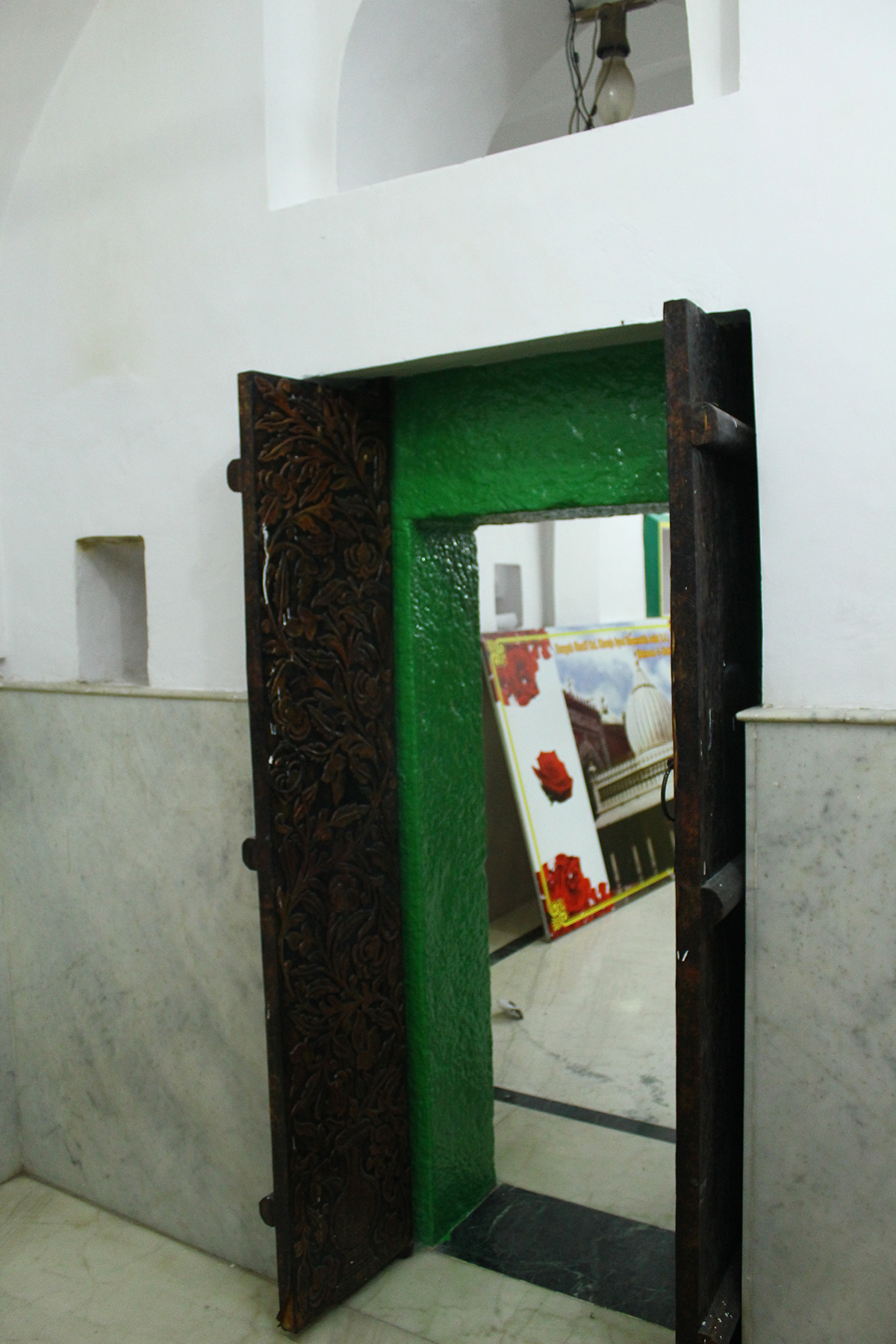
The entrance to Nizamuddin’s prayer room.
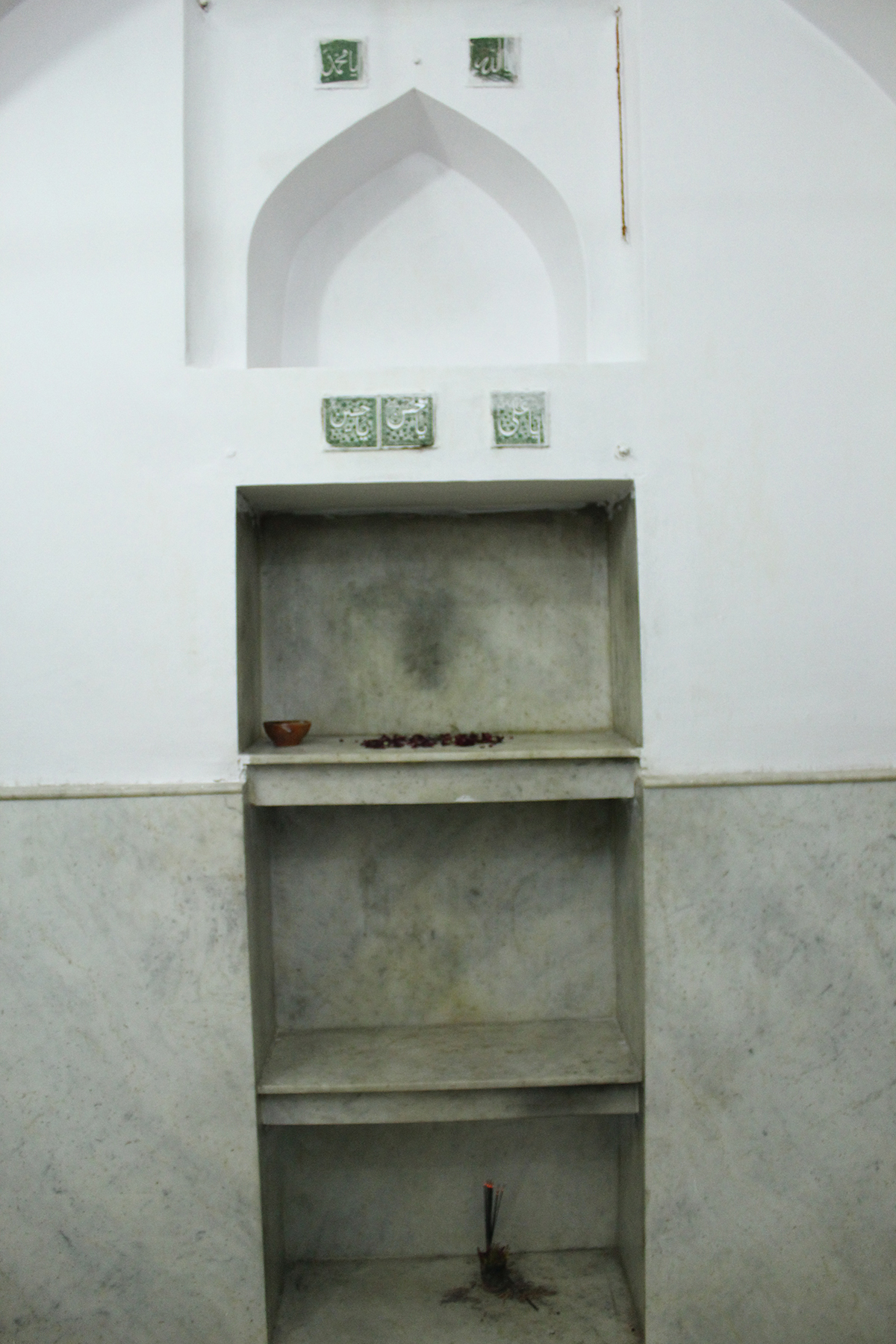
Nizamuddin’s prayer area. He spent hours in contemplation.

More than 700 years on, you can feel Nizamuddin Auliya’s presence in his house.

The board in Humayun’s tomb says Nizamuddin performed his devotions here
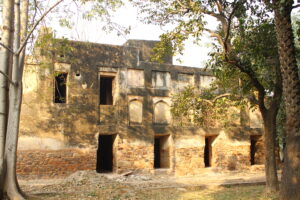
A view of the khanqah from the Humayun tomb side.
The stairway leading to Nizam’s room where he would retire for the night. No one had access to him after that. Only Amir Khusro could enter. Nizam would spend the night in prayer and would emerge in the morning radiant. Khusro would ask in whose embrace had he spent the night in. Nizam would say these lines in prayer: ‘Come sometimes to have a glimpse of me and the candle, When breath leaves me and the flame goes out of the candle.’
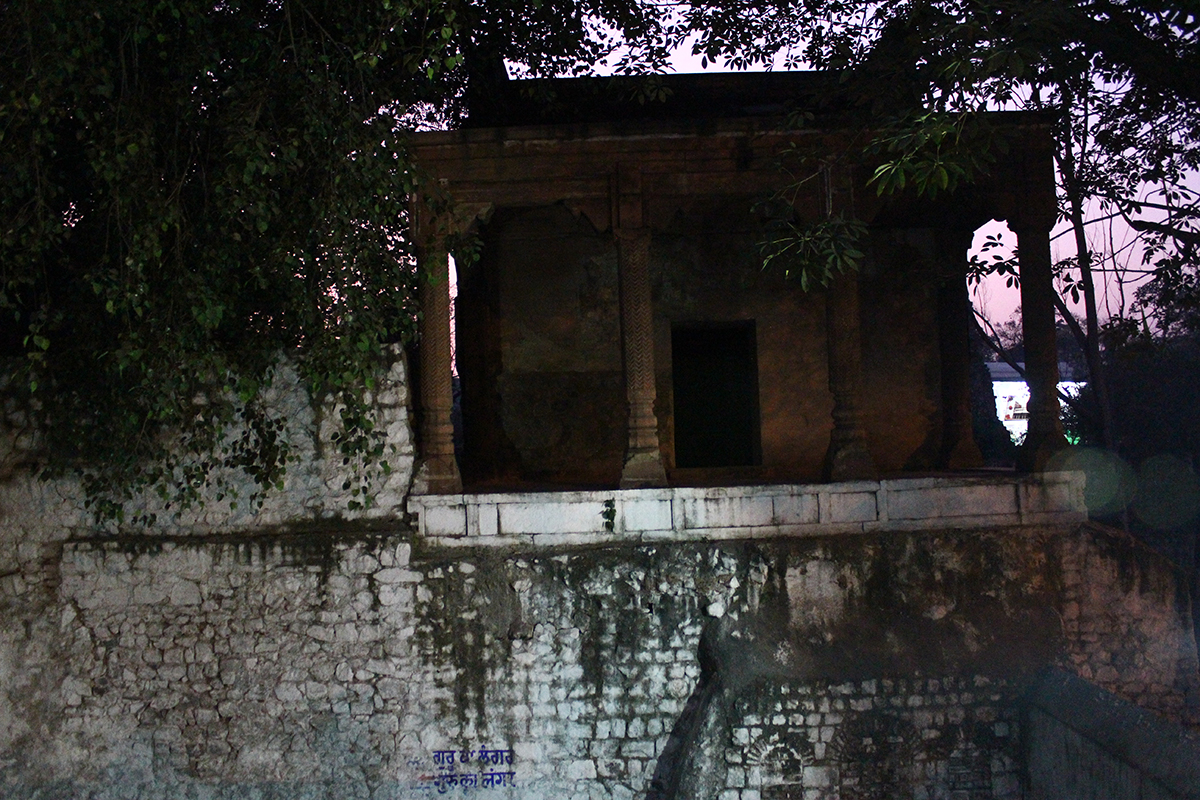
The view from the adjacent gurdwara Dumduma. Labia, a branch of the river Jamuna, flowed past the khanqah. The tell-tale signs of the river are still there. Nizam wanted to live next to a river so he could walk along the banks and mediate. Nizam and Khusro spent many hours by the banks, lost in conversation.
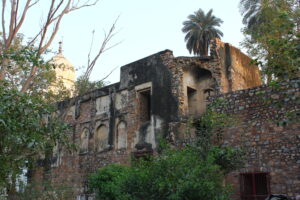
A view of where Nizam stayed.
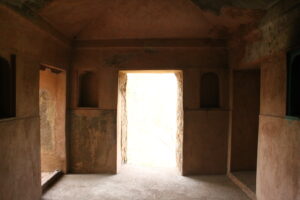
Nizam would spend hours watching the Labia river flow past from this doorway.
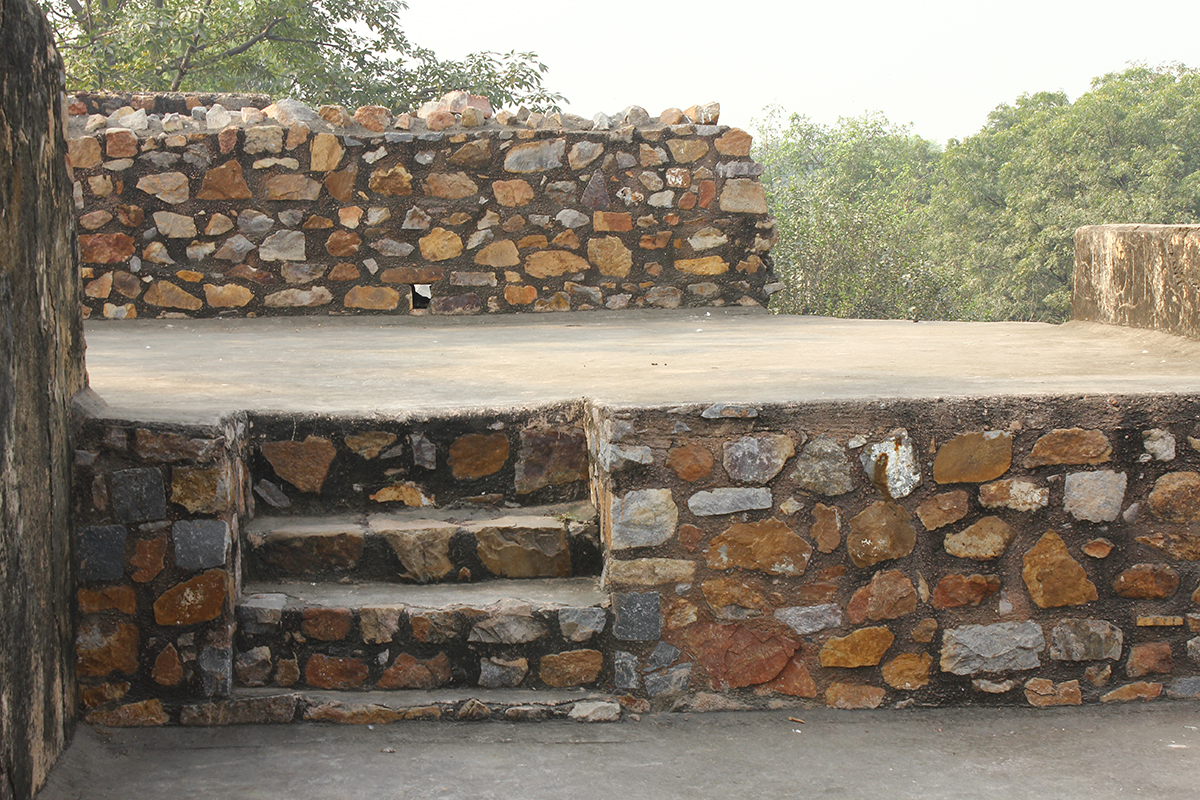
The terrace of the khanqah.
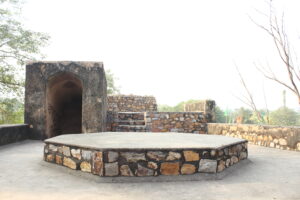
The octagonal structure where Hazrat Nizamuddin Auliya would sit.
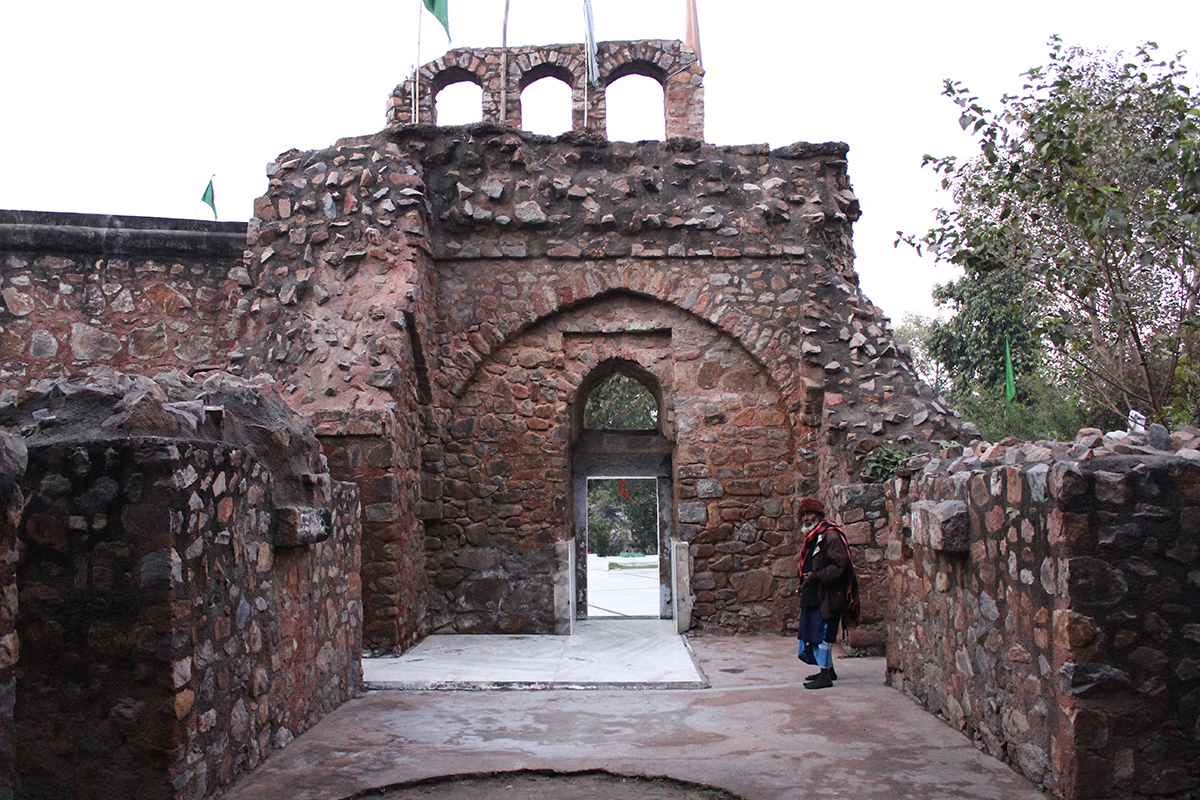
The poor and the hungry would flock to the khanqah. Nizamuddin would fast on most days. He would eat sparingly. Food would not go down his throat as someone had gone hungry somewhere. No one went hungry from his doorstep. Whatever came as gifts he distributed among the poor. Storing food would show he did not trust in his Maker to provide. More than 700 years on, no one goes hungry from his doorstep

A prayer on the lips. A heart full of love.
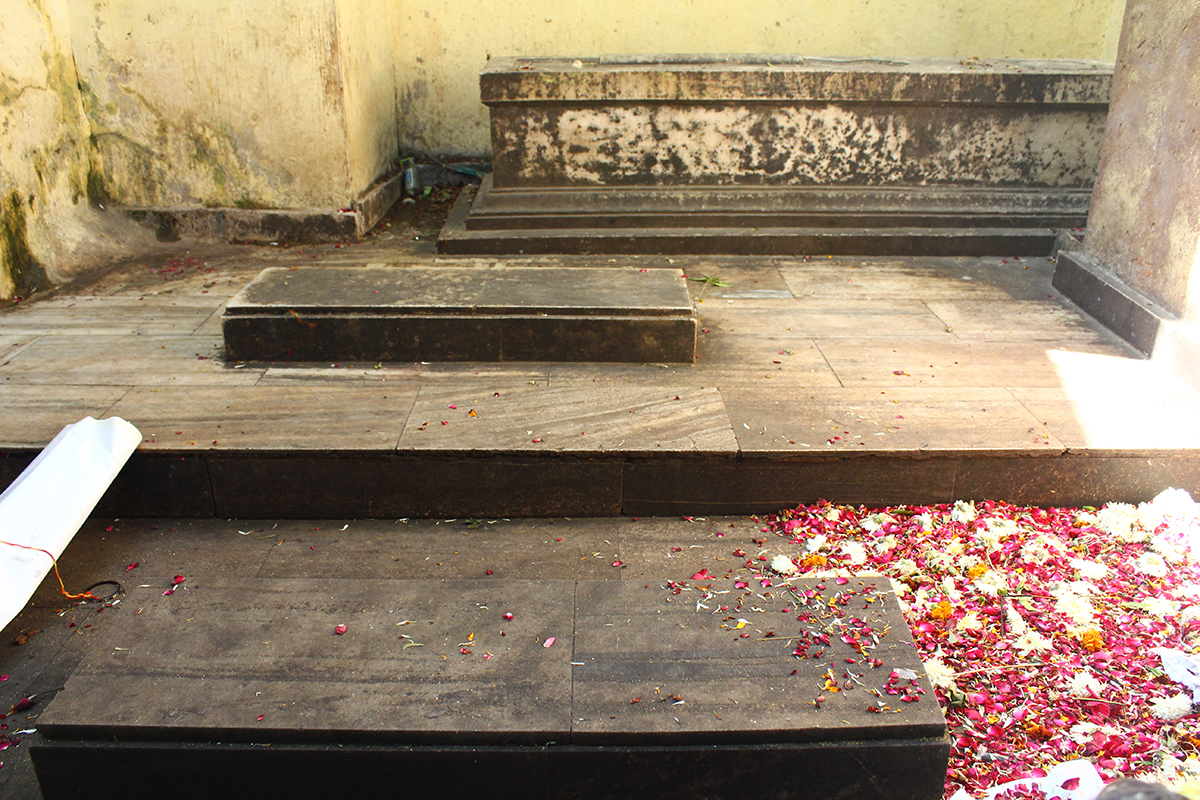
Iqbal or Lalla as Nizam fondly called him was his most trusted attendant. He was loyal to his master. He would be on edge when some sultans harassed Nizam. Every night he receives Nizam’s blessings. Flowers placed on Nizam’s grave are then strewn on Lalla’s.

The story goes that Amir Khusro met his master here during Basant and uttered these words: ‘Arab yaar tori basant manayi.’ Nizamuddin was depressed following the death of his nephew Taqiuddin Nuh. He wouldn’t smile. Depression engulfed him. Everyone was worried. Even Khusro did not have a solution until he saw a group of men and women wearing yellow. They were singing and dancing to the temple. Khusro asked why were they celebrating. Basant, they replied. He dressed in yellow and went dancing and singing to his master. Nizam smiled. Mustard flowers are strewn from then on in celebration of Basant and the day Nizam smiled again.

The late Meraj Nizami, a legendary qawwal, celebrating Basant.
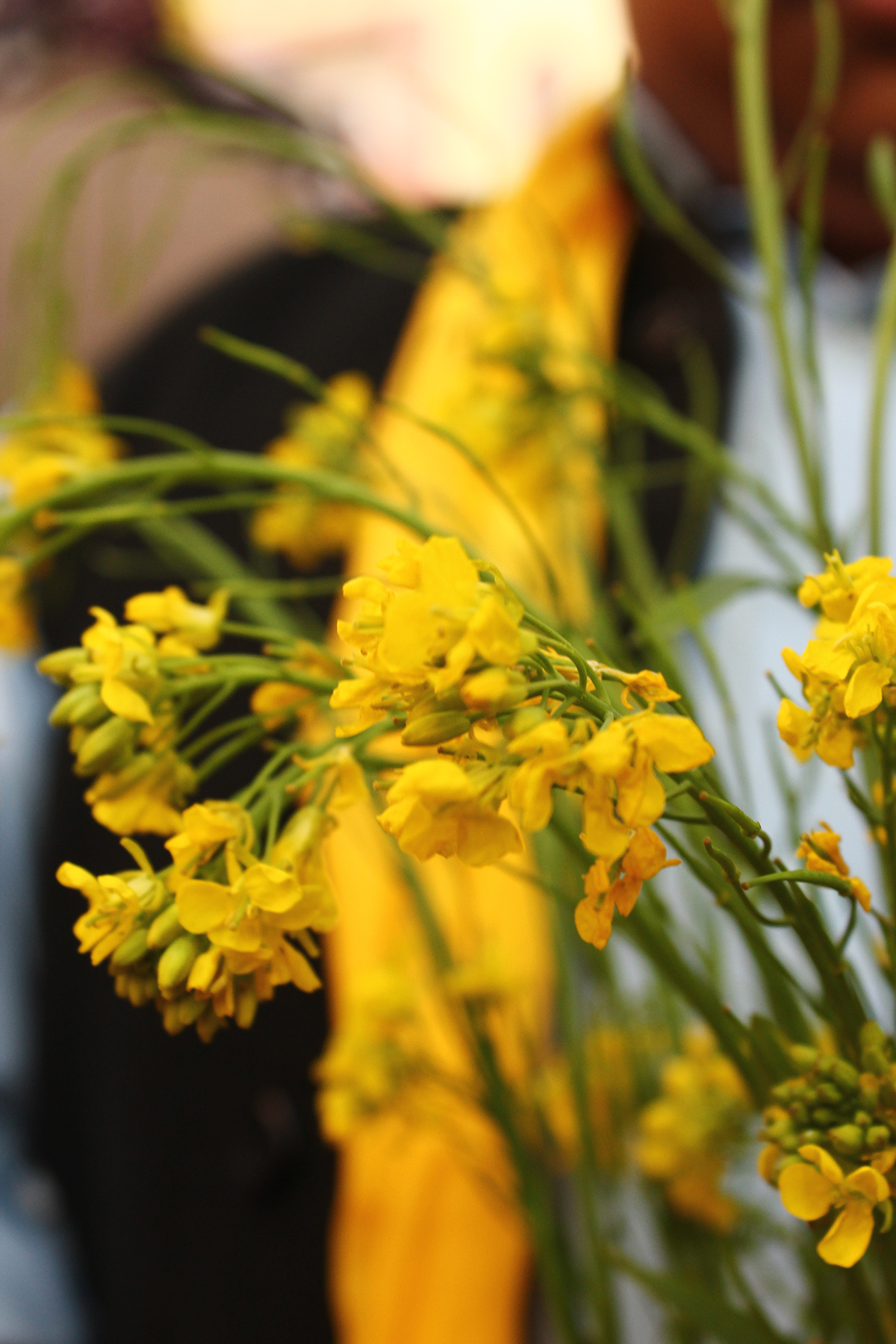
Mustard flowers bloom in every field …
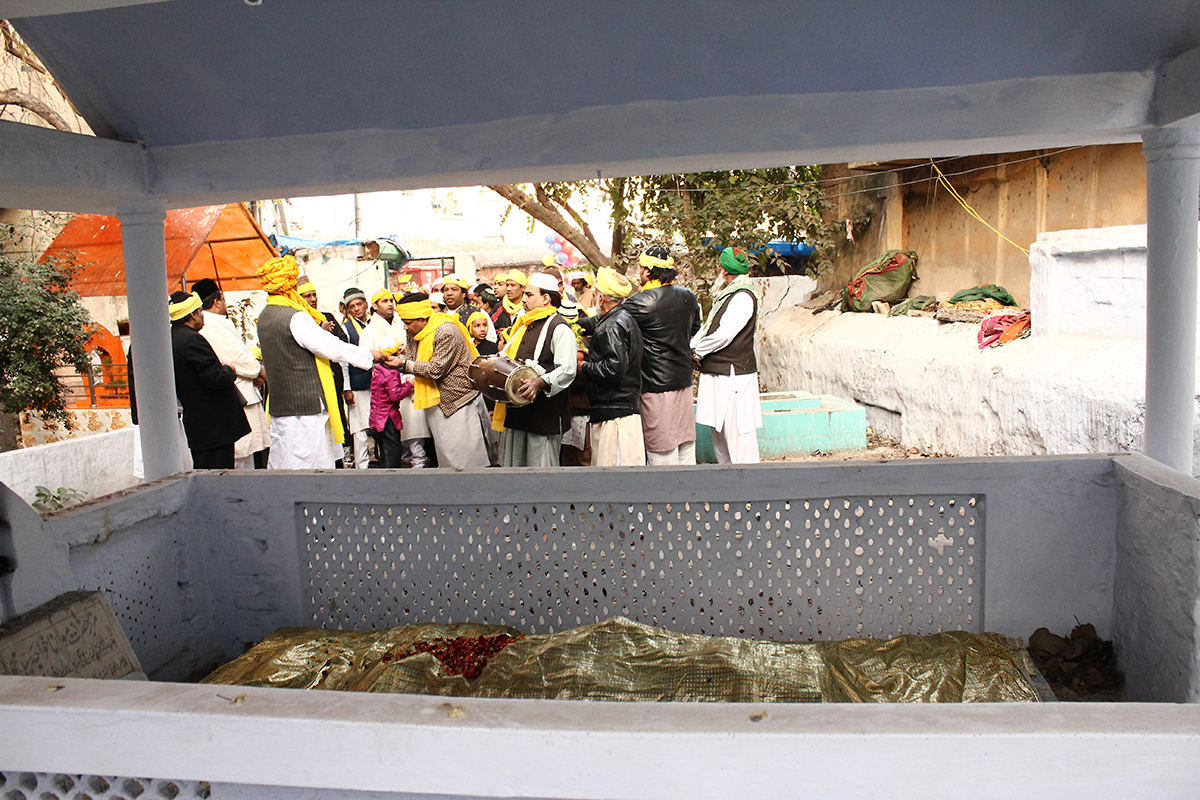
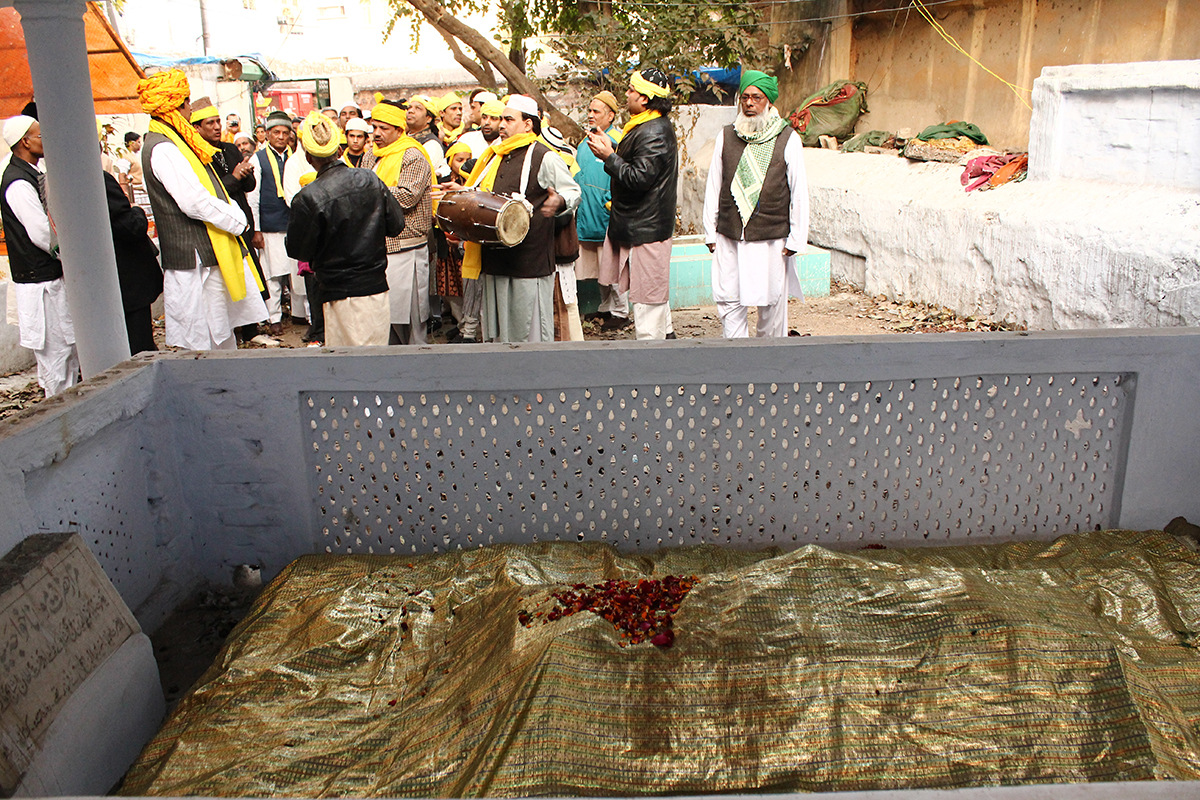
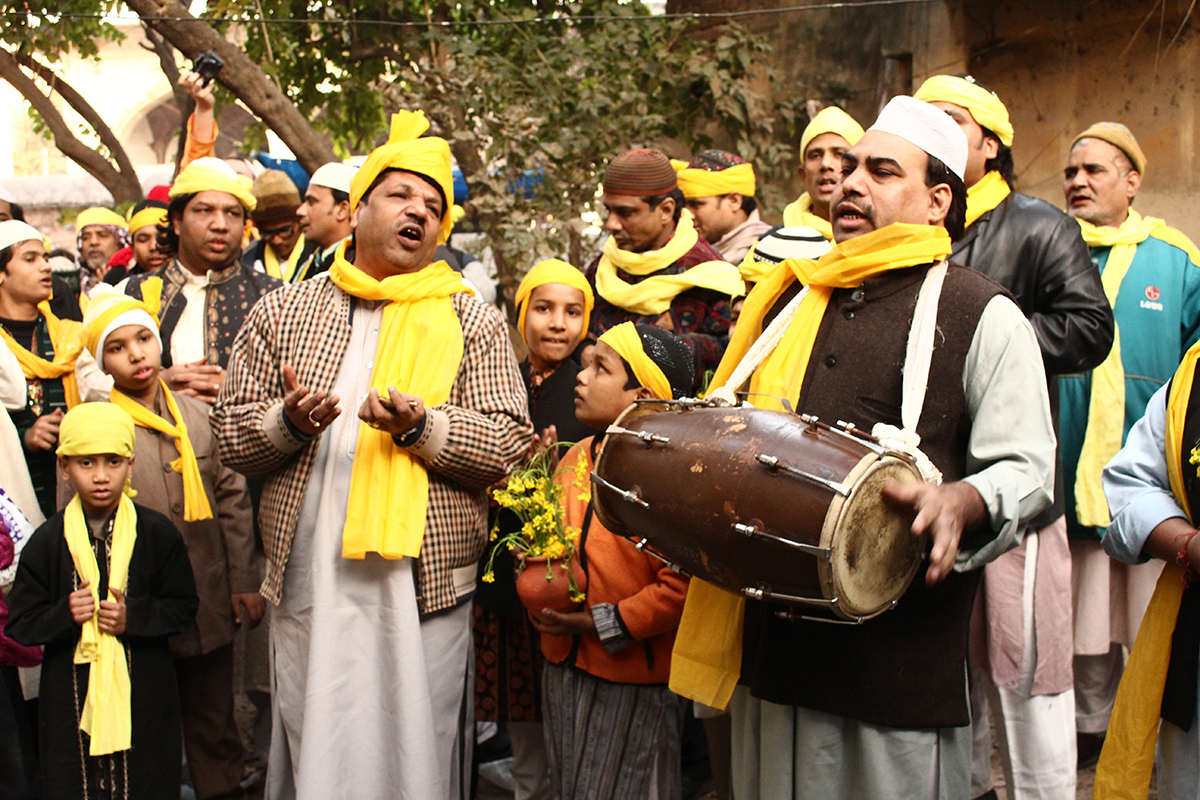
Qawwals first celebrate where Khusro met Nizam and made him smile. They then sing at the mazaar of Baba Farid’s grandson Syed Mohammad, who stayed with Nizamuddin Auliya.
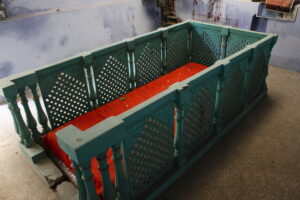
Nizamuddin’s young nephew Taqiuddin Nuh lies in the Chabootra-e-Yaaran.
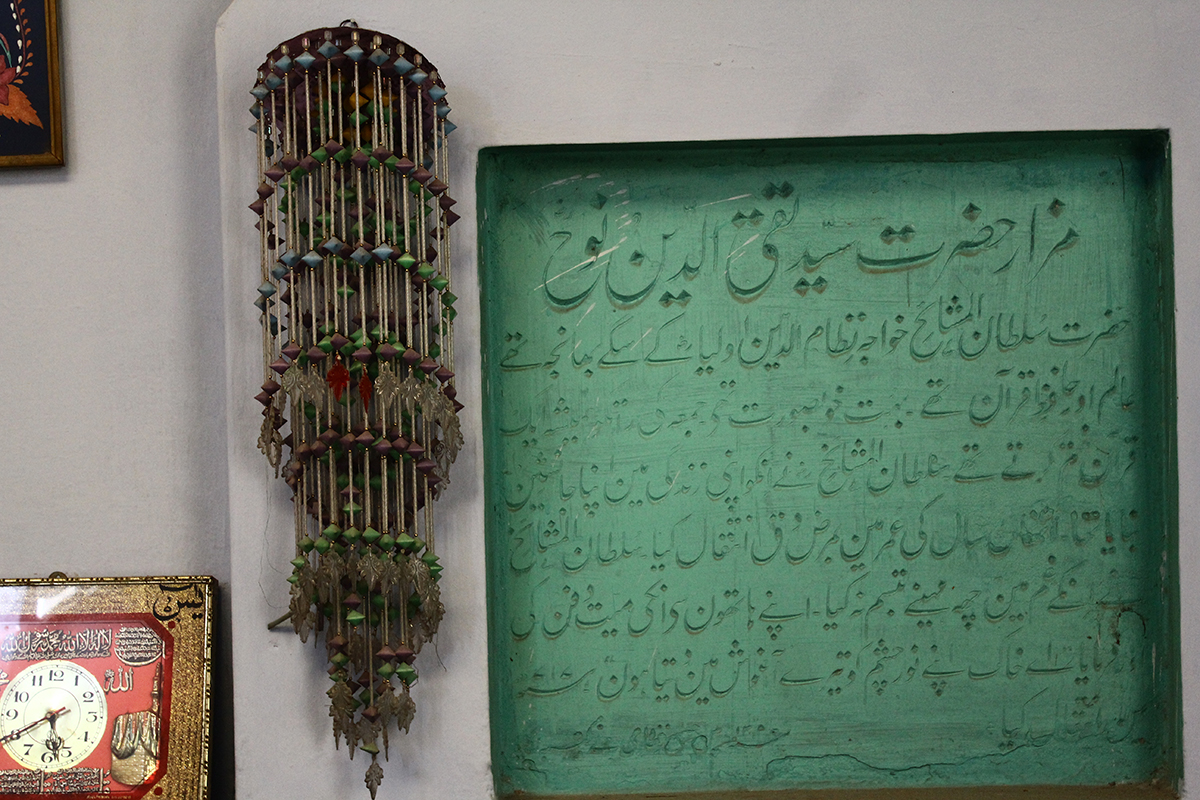
The katba or epitaph of Taqiuddin Nuh.

Chabootara-e-yaaran: The many lives that Nizamuddin Auliya touched.
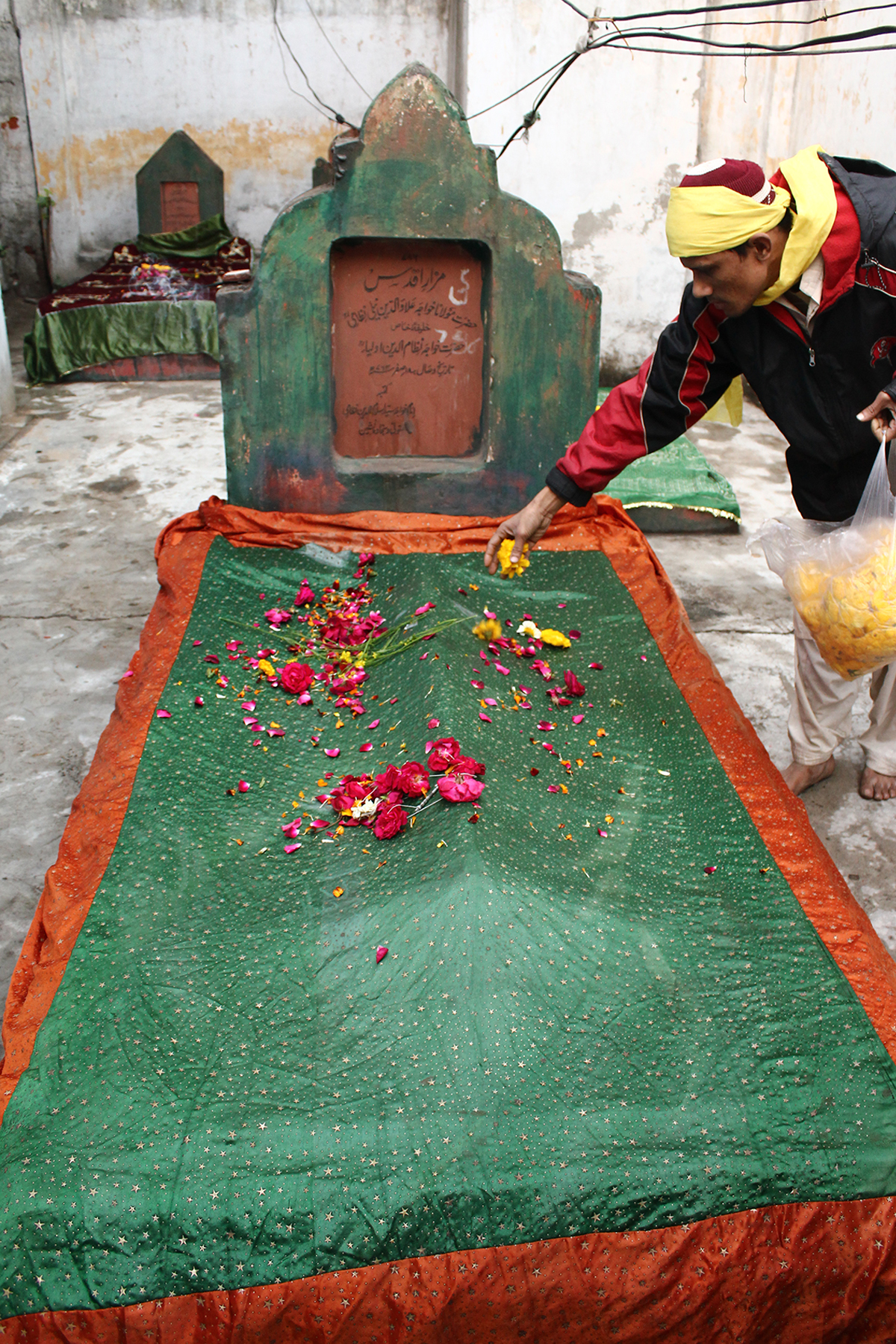
Chabootra-e-yaaran: Remembrance – as fragrant as a flower

The master’s radiance envelopes souls.

Qawwals enter the shrine and sing to the master in celebration of Basant.
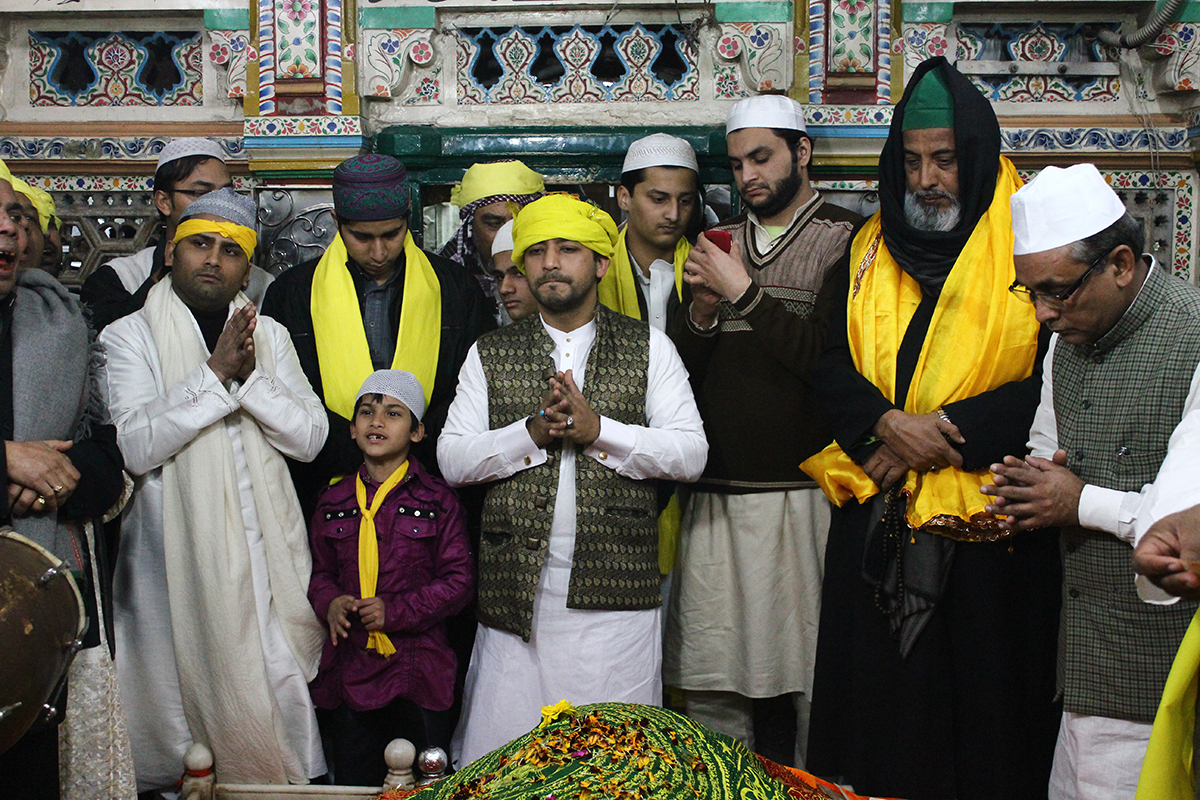
Qawwals then go to the disciple Amir Khusro and offer mustard flowers. In remembering the disciple, they remember the master – two souls, together forever.
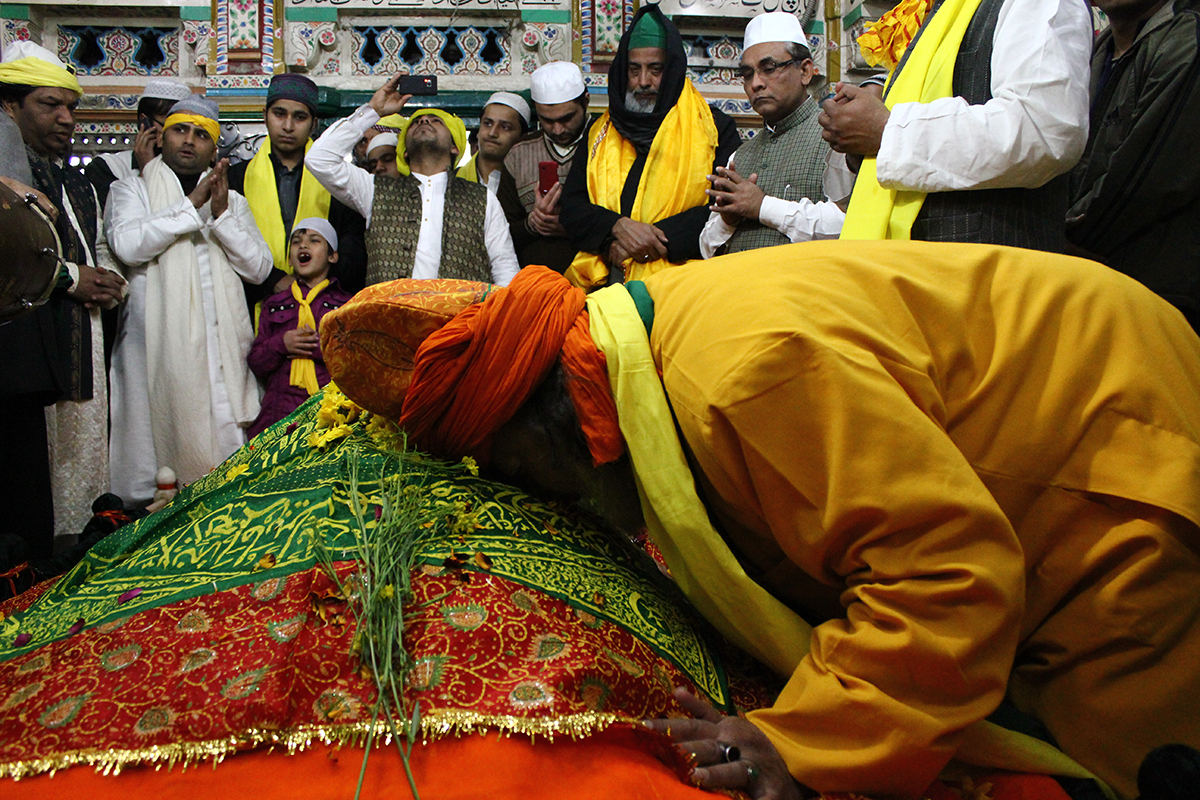
Qawwals then go to the disciple Amir Khusro and offer mustard flowers. In remembering the disciple, they remember the master – two souls, together forever.
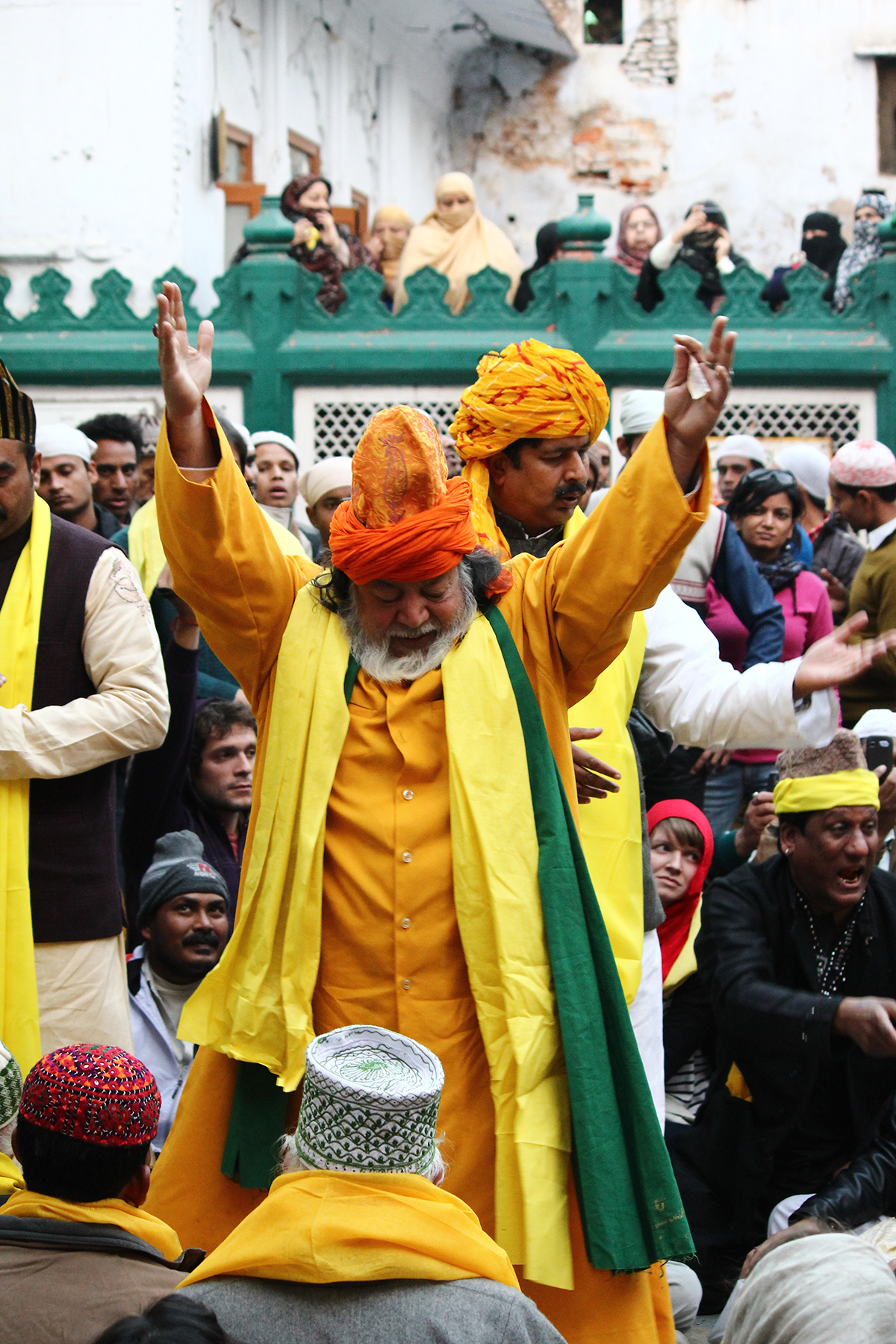
Mehful-e-sama: Khwaja Afzal Nizami lost in sama.
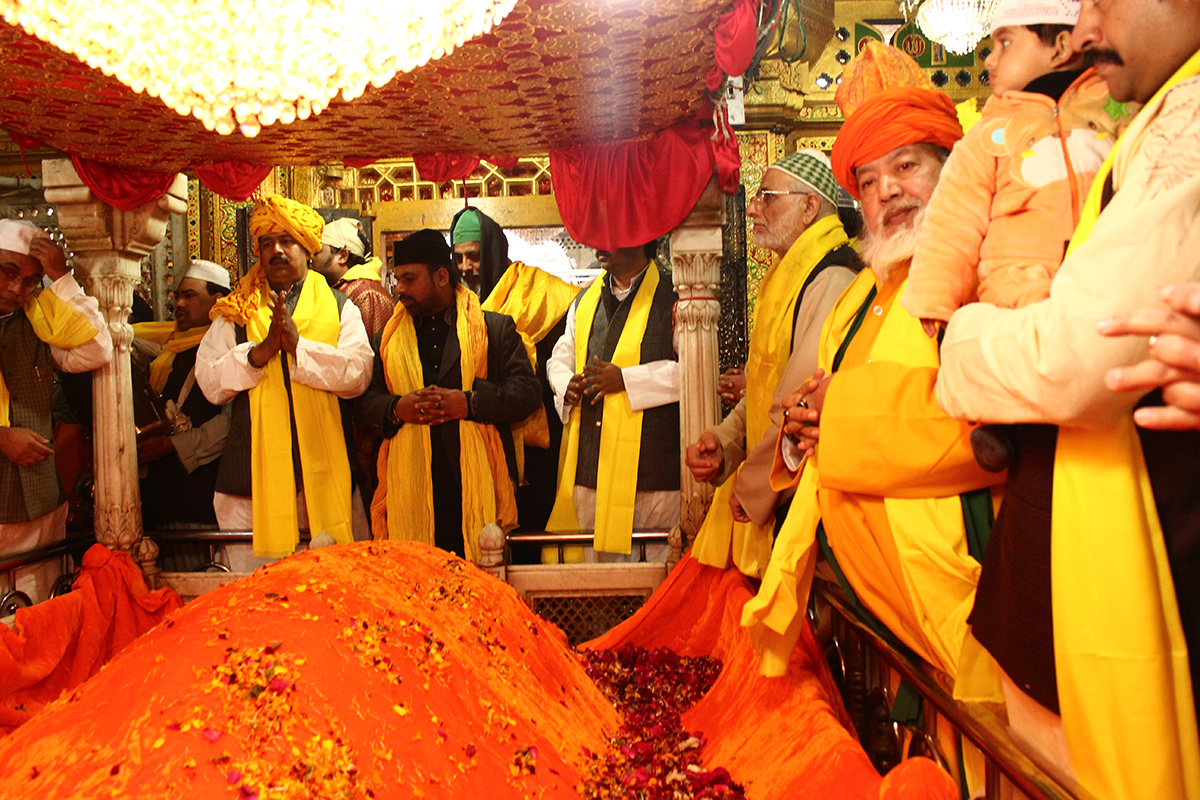
The fragrance of mustard flowers permeates through the darbar.
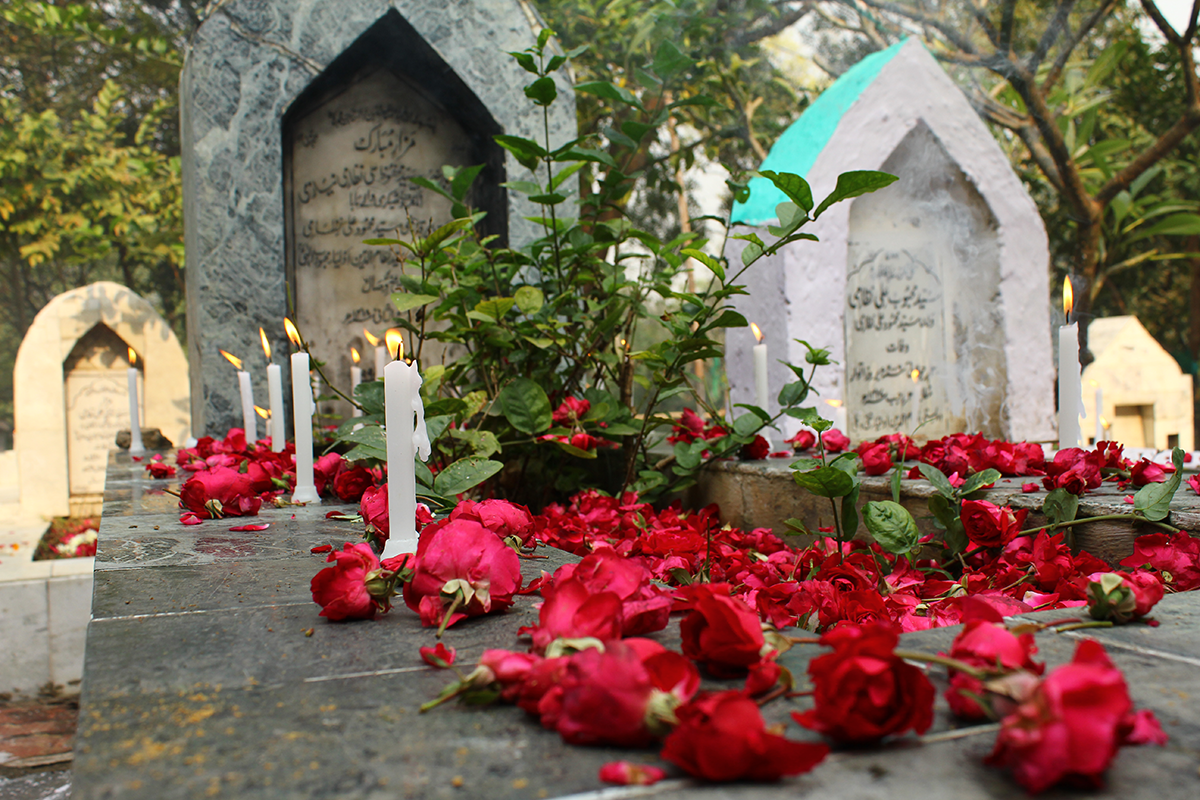
Baba Farid’s Urs celebrated at the darbar. Love. Remembrance. A soul fulfilled.

The dome of solace.
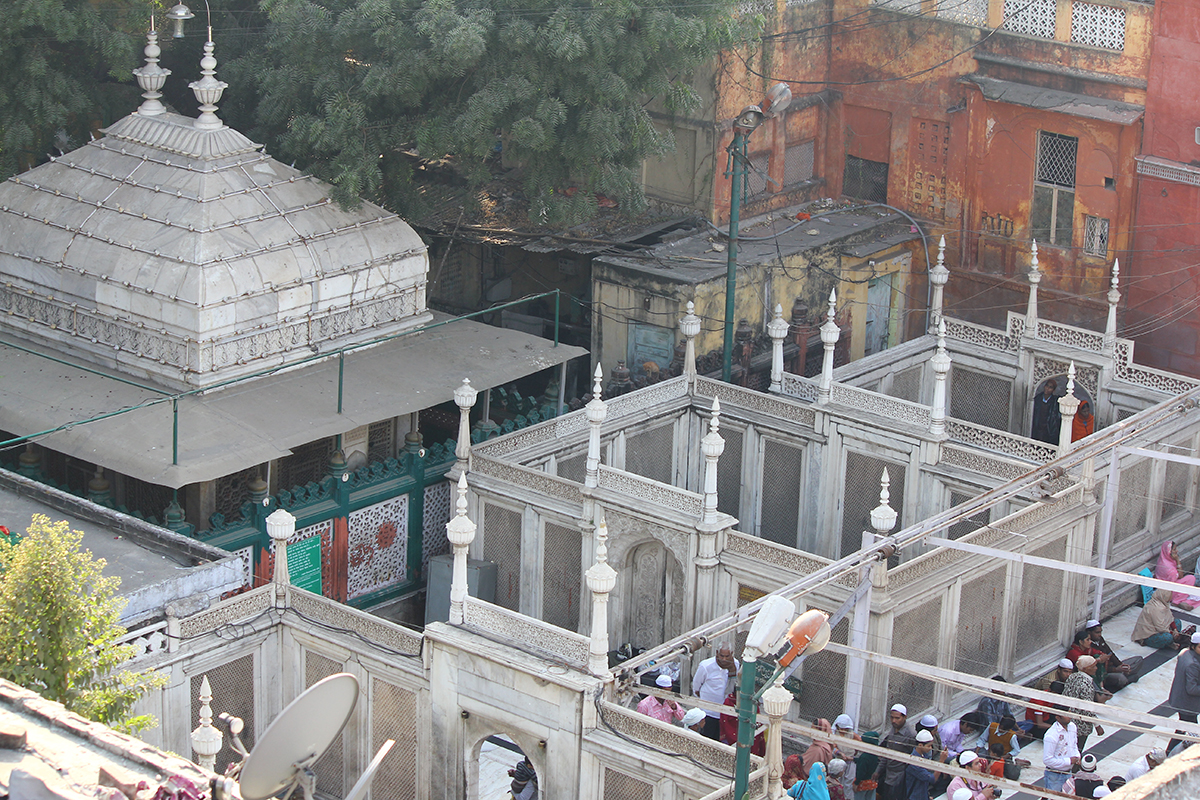
The courtyard of love.

The comfort of prayer.


And Amir Khusro once said:
I do not know what abode it was, that place where I was last night.
On every side I saw the dance of the Bismil (Divine) in that place I was last night.
I saw one with the form of an angel, the height of a cypress, cheeks like tulips.
From head to toe, I quivered, my heart astir, in that place where I was last night.
The home of hope.
When there’s darkness all round, hope glimmers in the home of solace.-
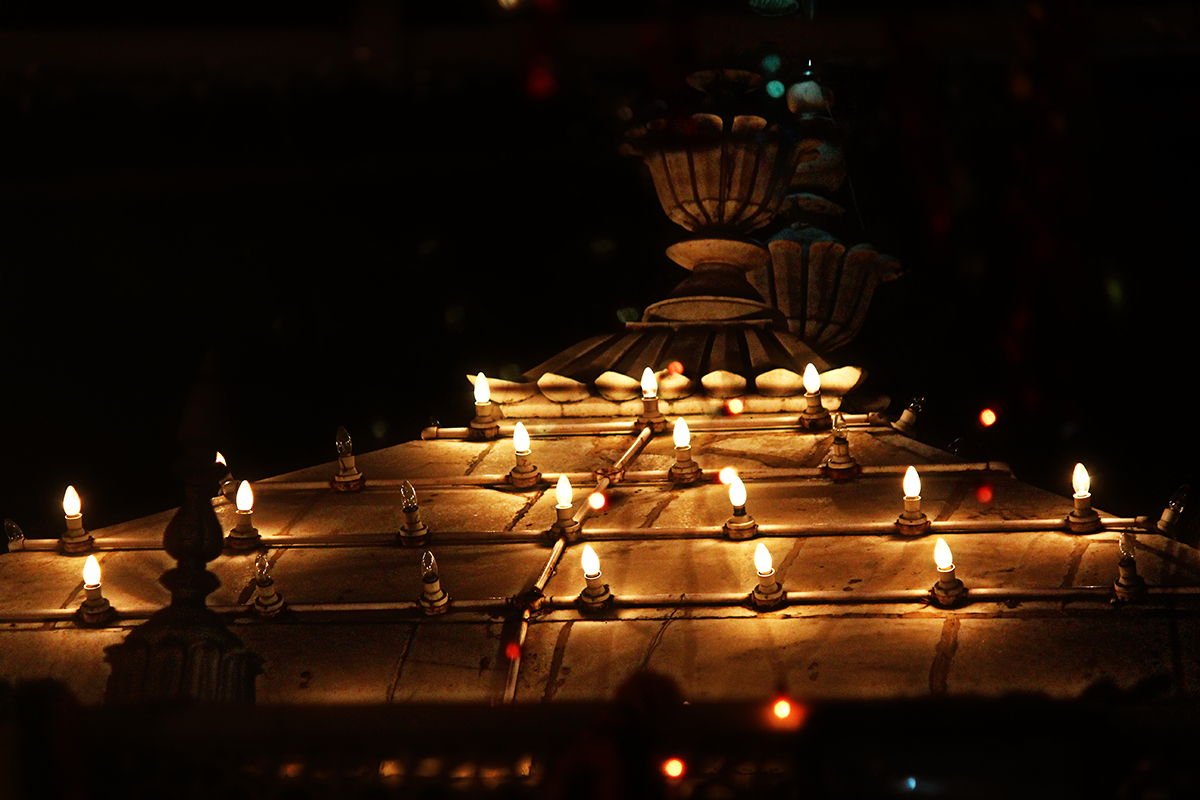
Urs: The day Khusro was united with his love, his master. Together forever.
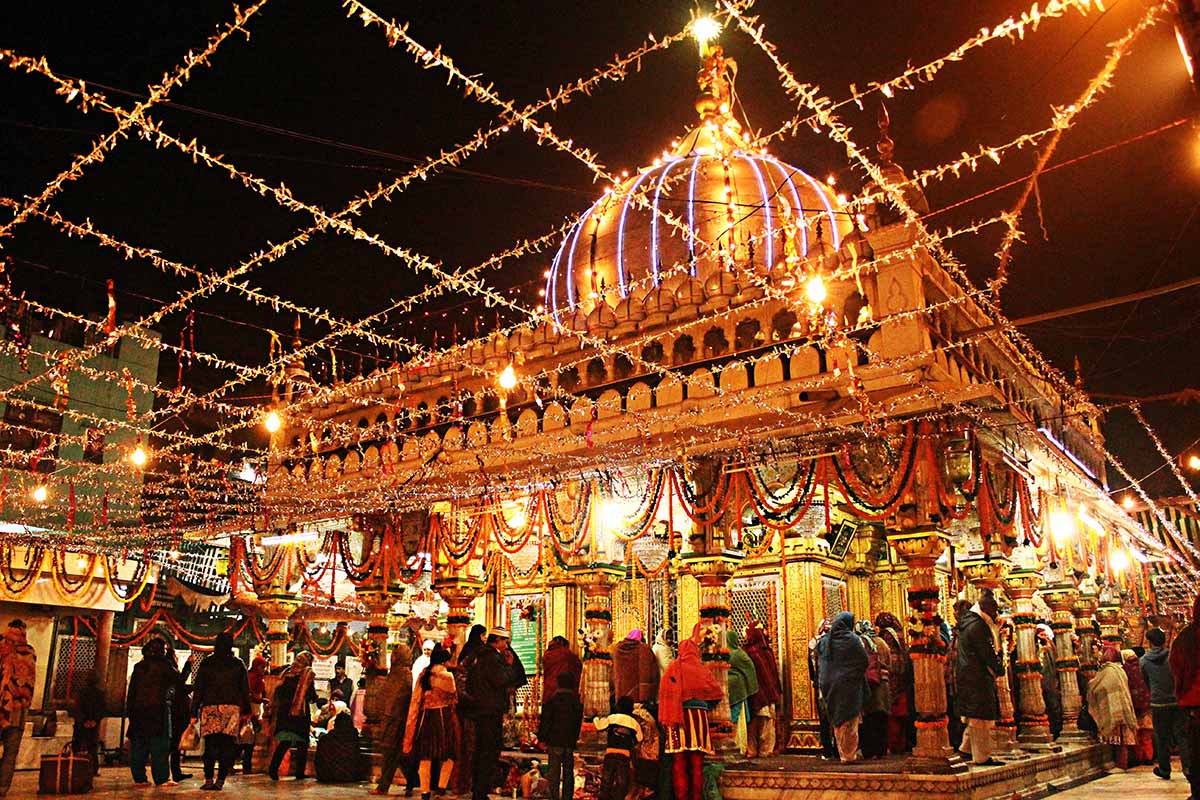
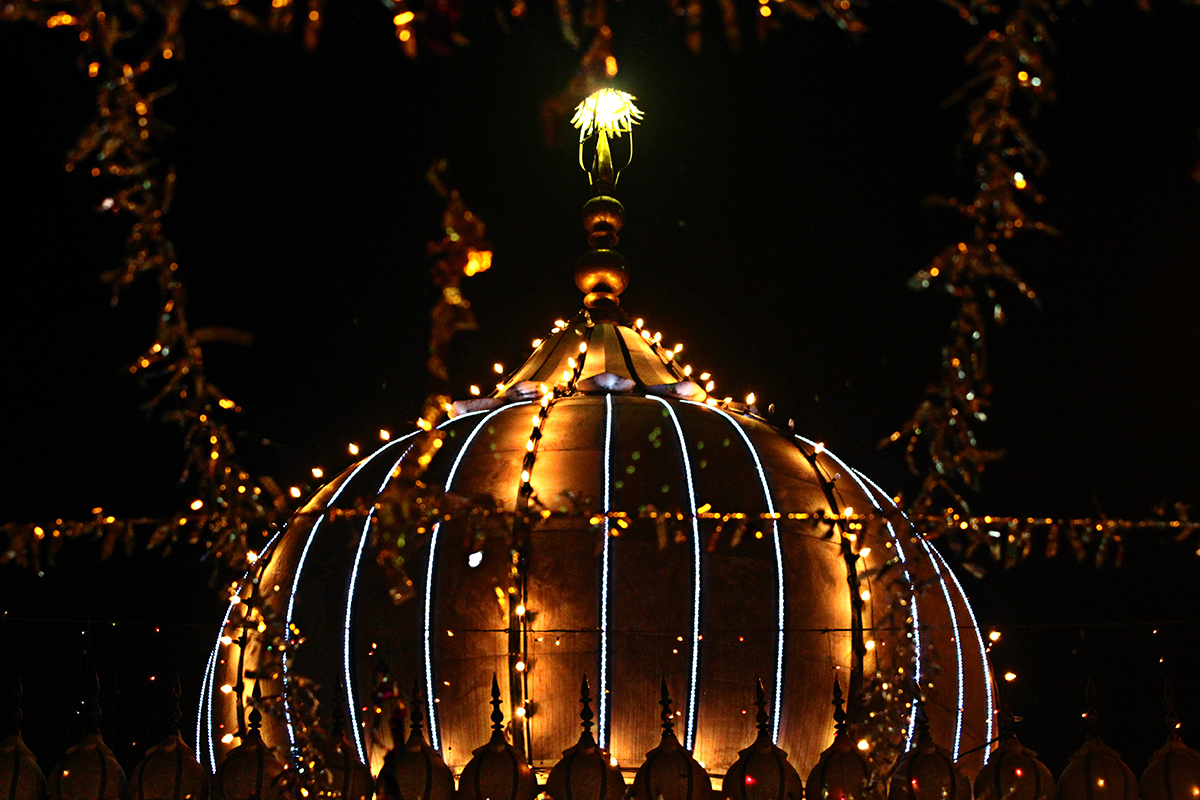
When Nizamuddin Auliya was reunited with The Beloved. The darbar is bathed in lights for his Urs.
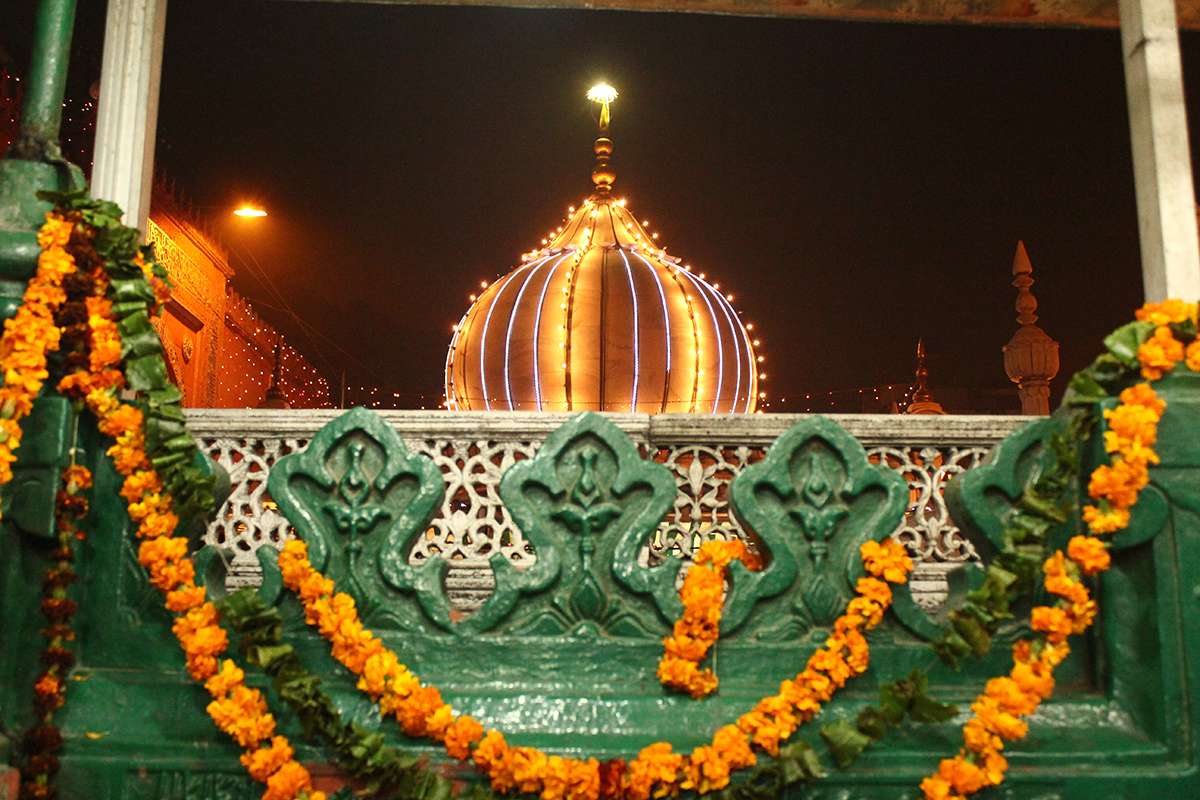
As Amir Khusro rests, he sees Nizamuddin Auliya.
Destiny: master and disciple – two souls together forever.-

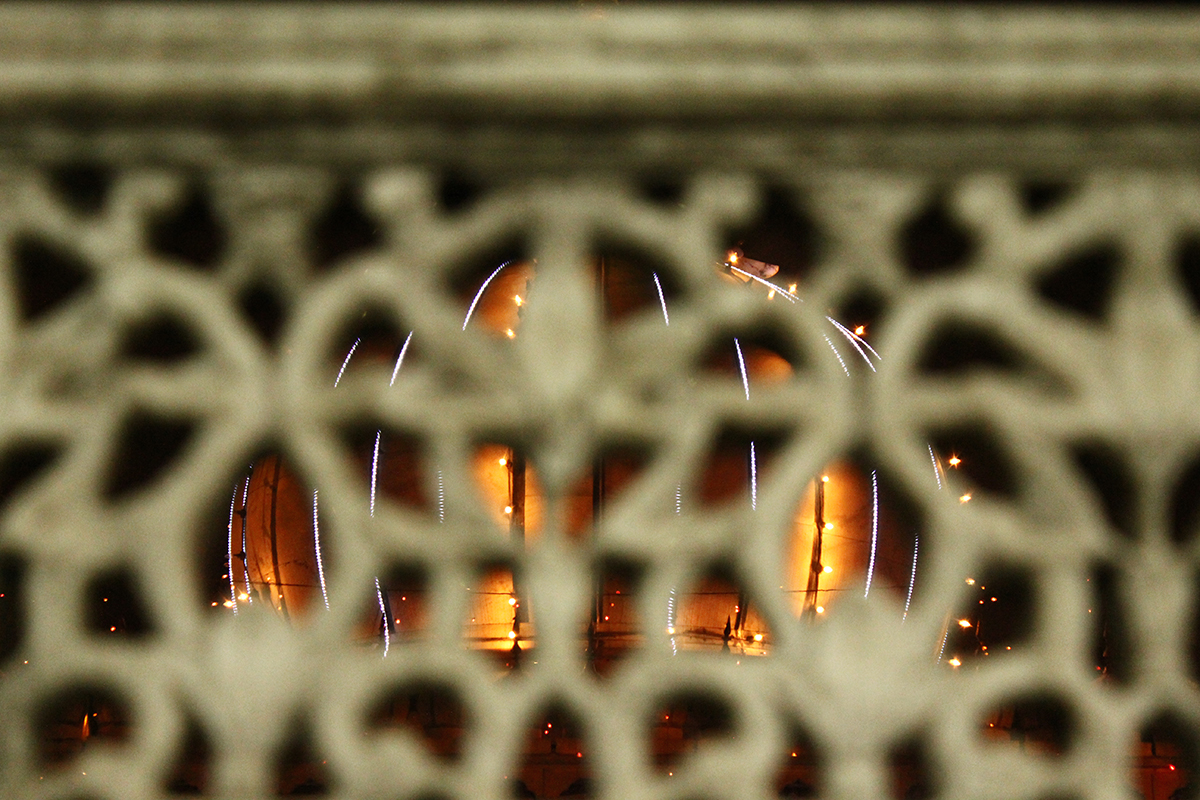
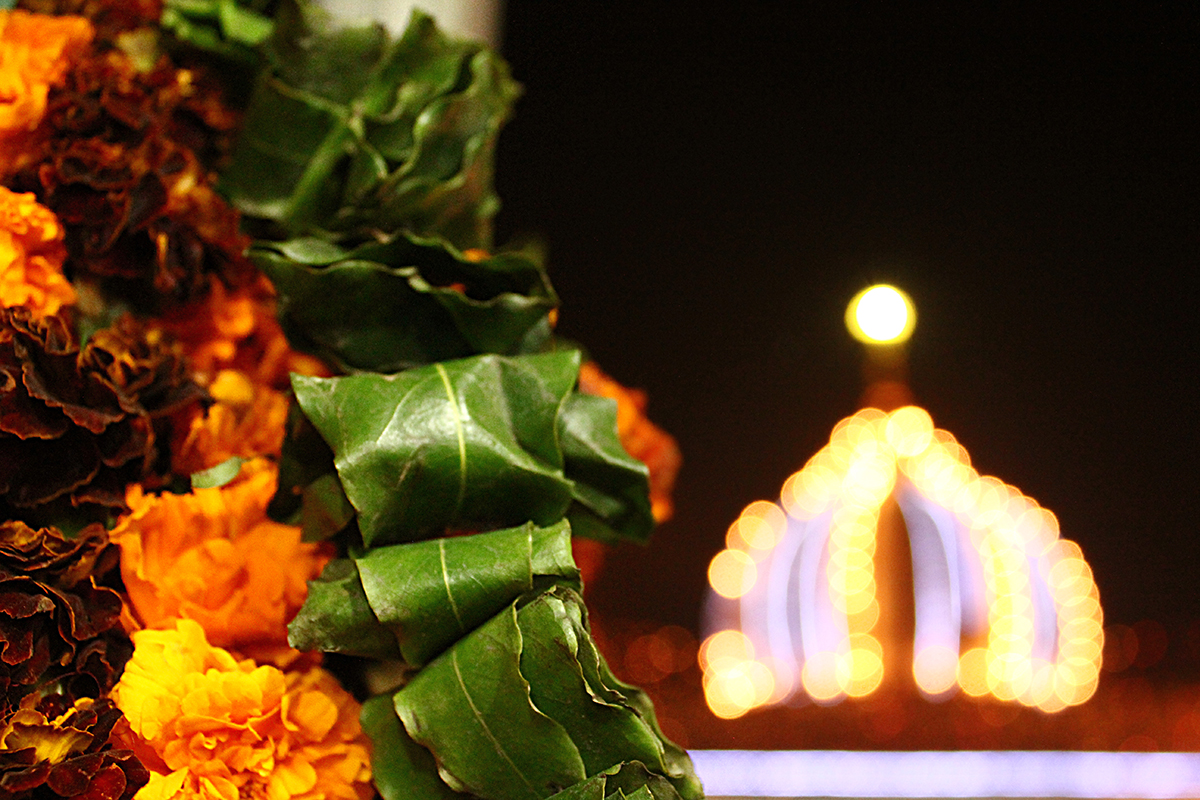
Parbat Baans Manga more baabul, Naika mandwa chhivaao re !
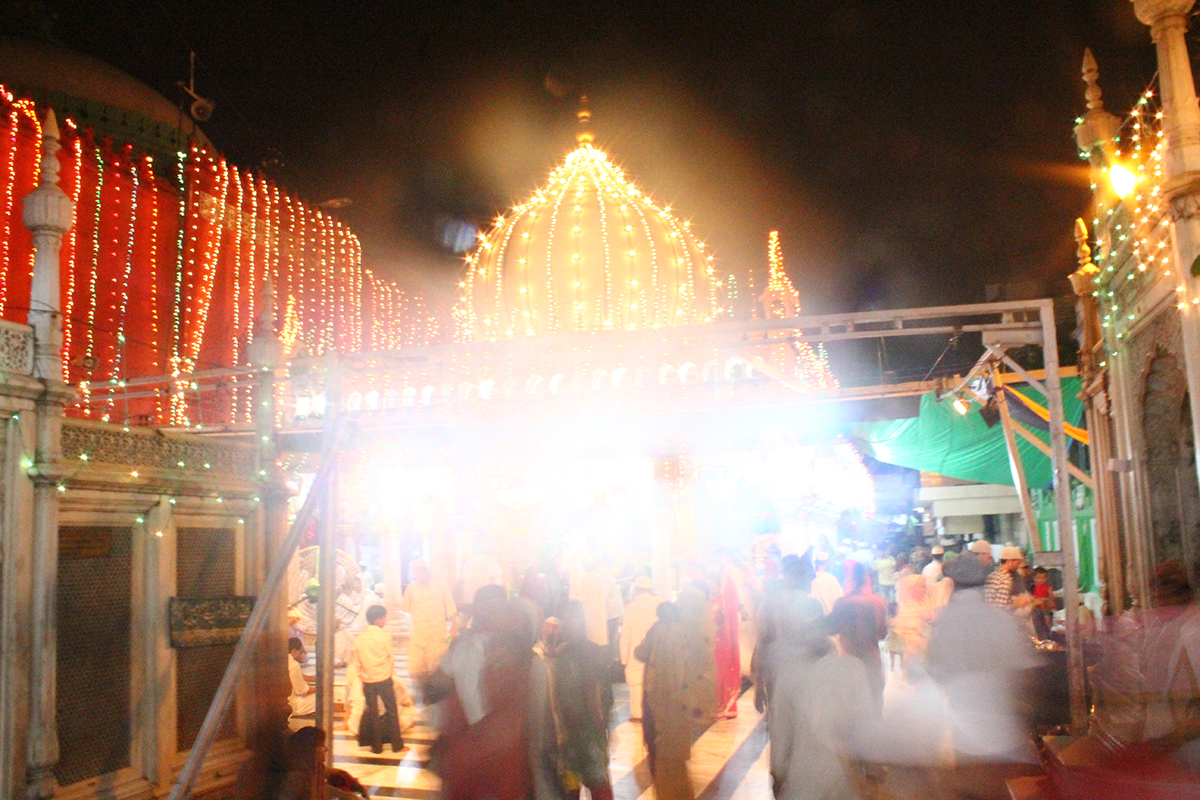
Nizam is light.
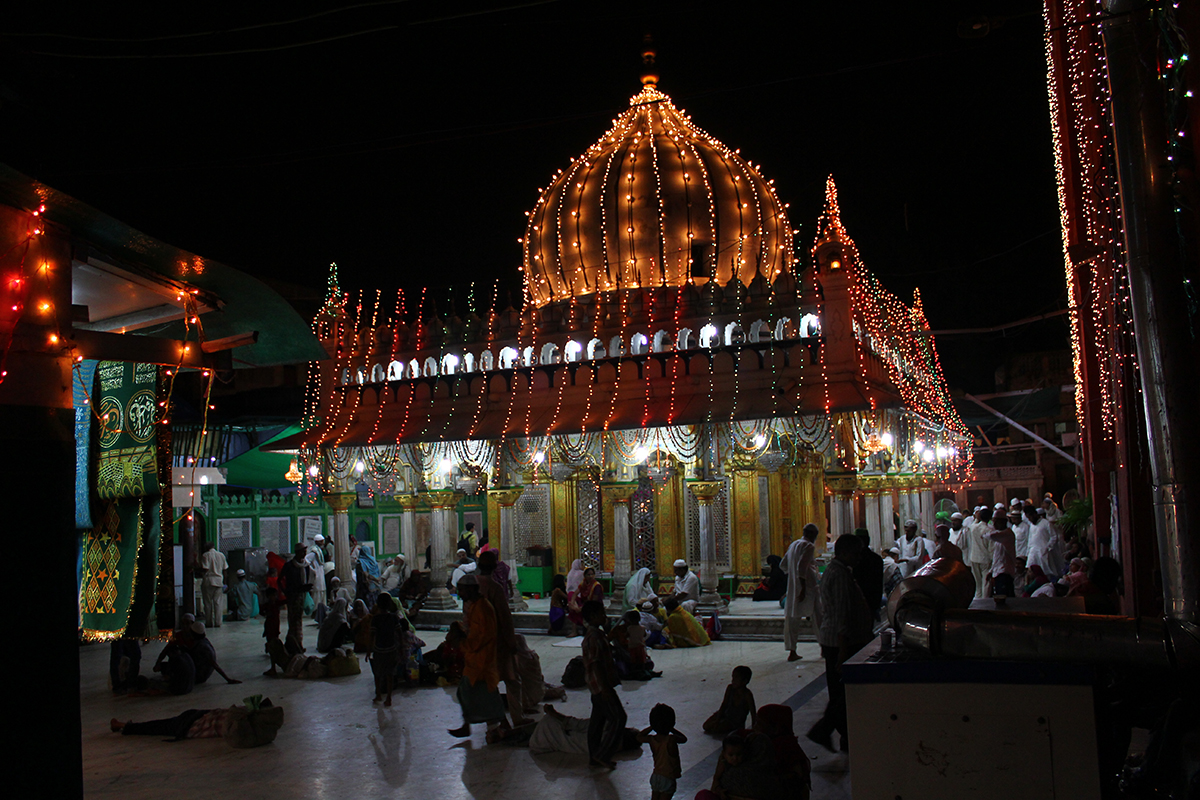
Once in a year when the shrine is bathed qawwals sing a unique qawwali throughout the night – Mori maili gudariya dho de Nizam
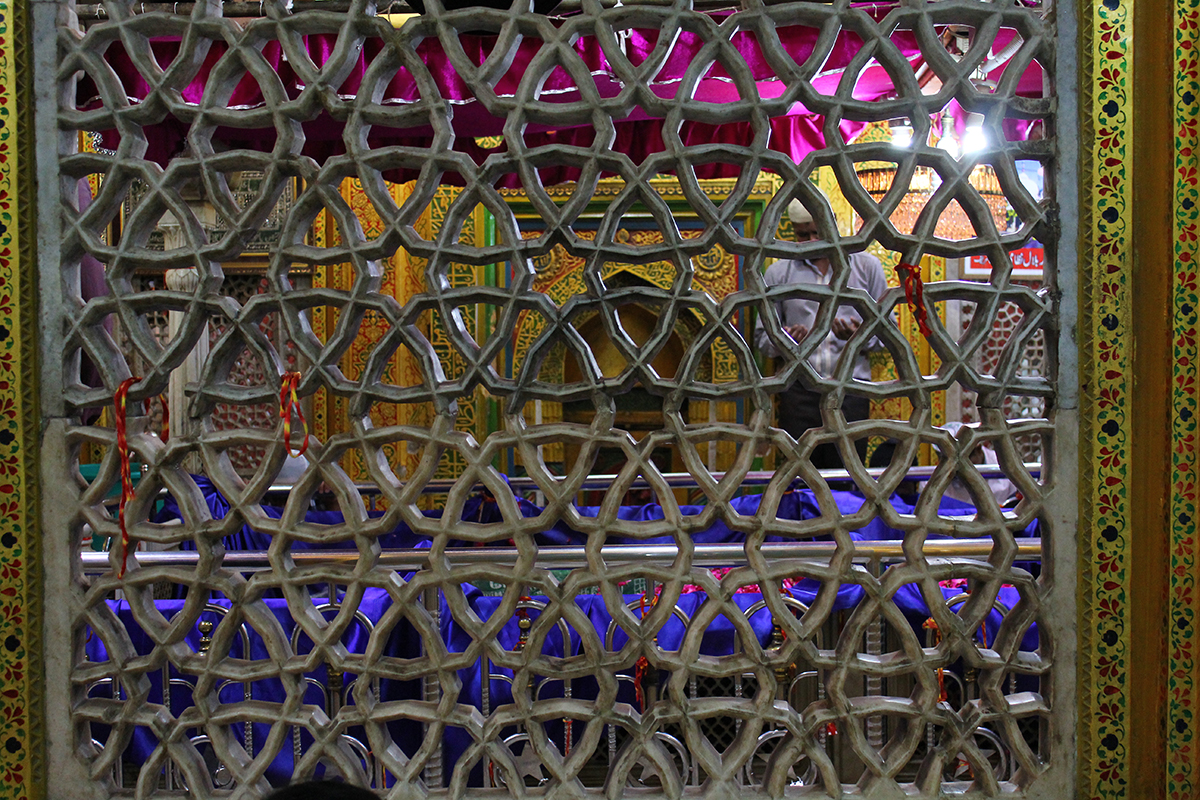
The Master.
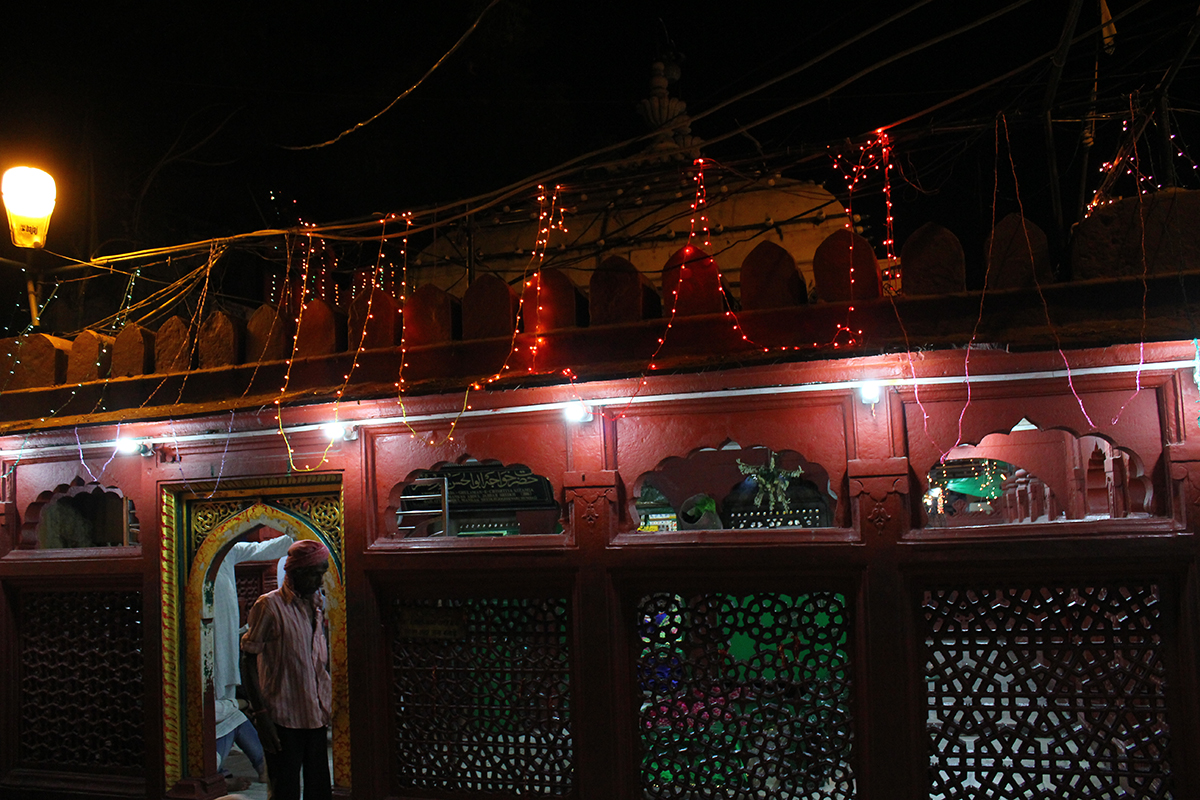
The disciple.
Nizamuddin had once said that if religion allowed it, Khusro and he should be buried together.
They lie metres apart.
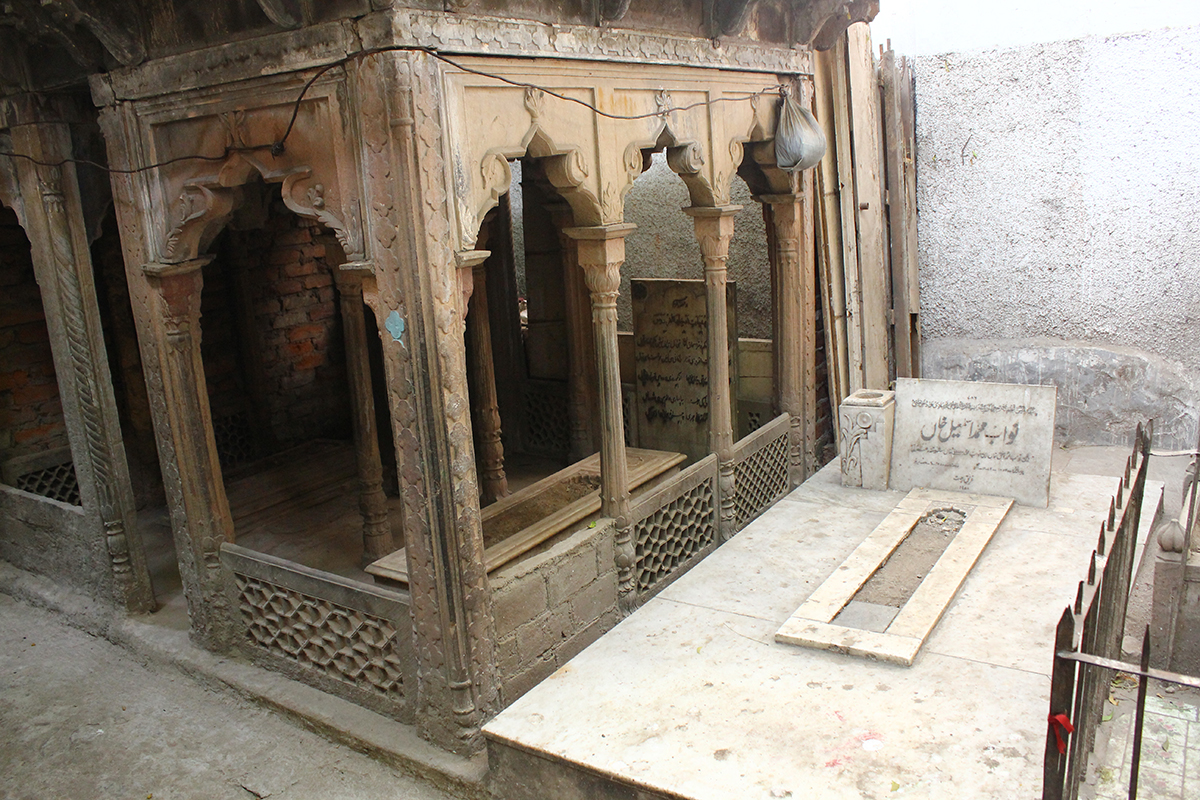
The mazaar of a Nawab.

It’s not about religion – just faith.

The mazaar and epitaph of Syed Mousa, grandson of Baba Farid

The mazaar and epitaph of Syed Mousa, grandson of Baba Farid

Every being seeks refuge here.

Pankhewaala
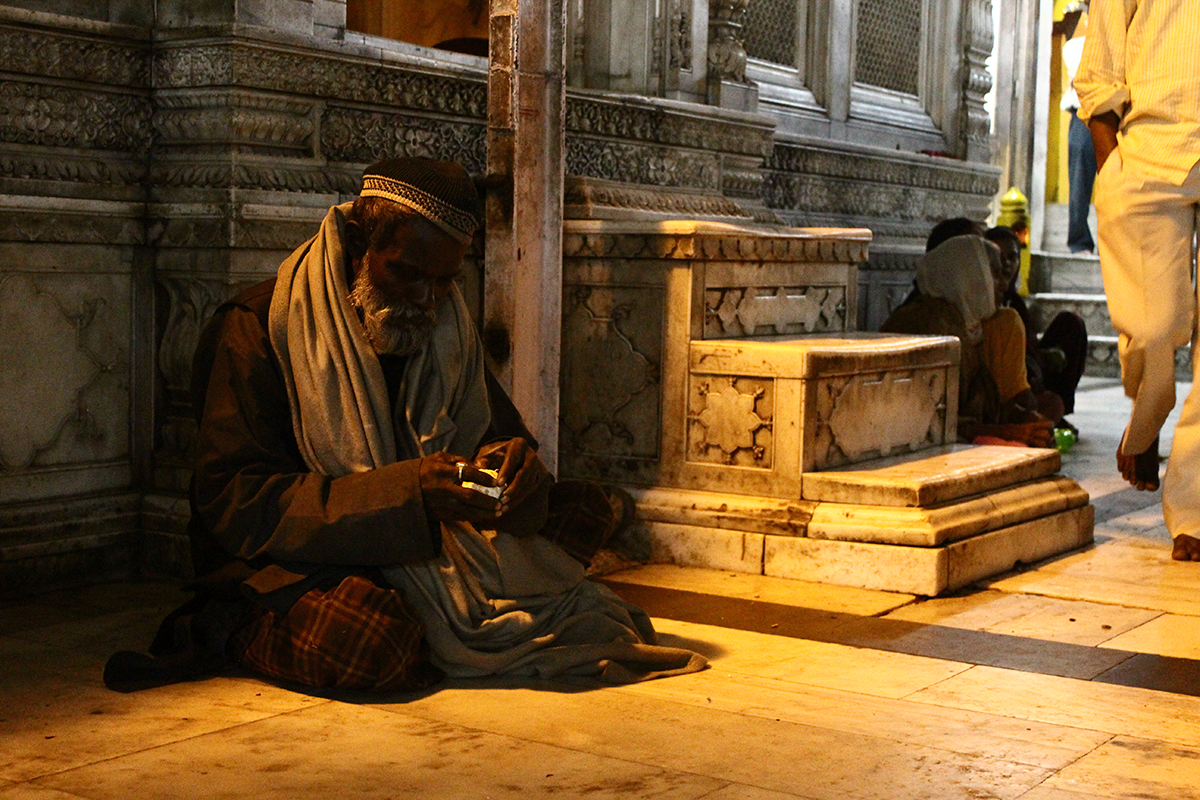
My sanctuary, my refuge, my home.
Portraits –
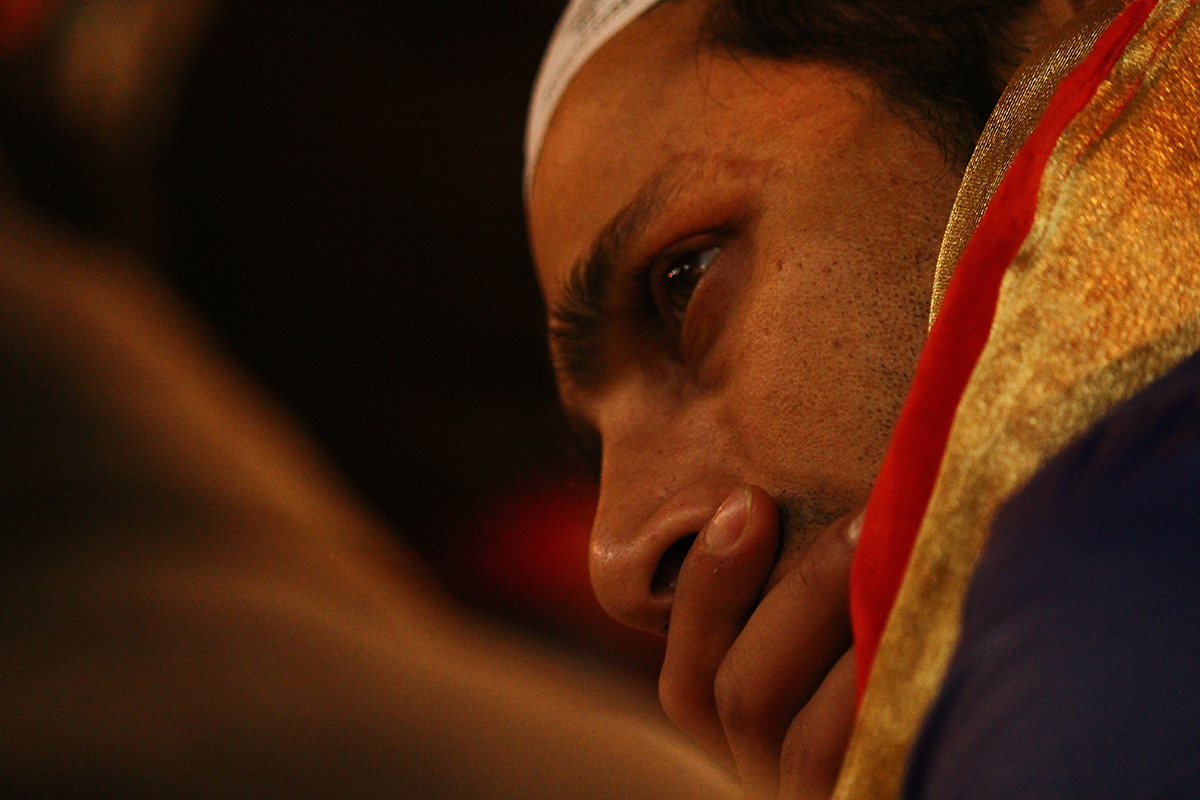
Listen to my prayer.
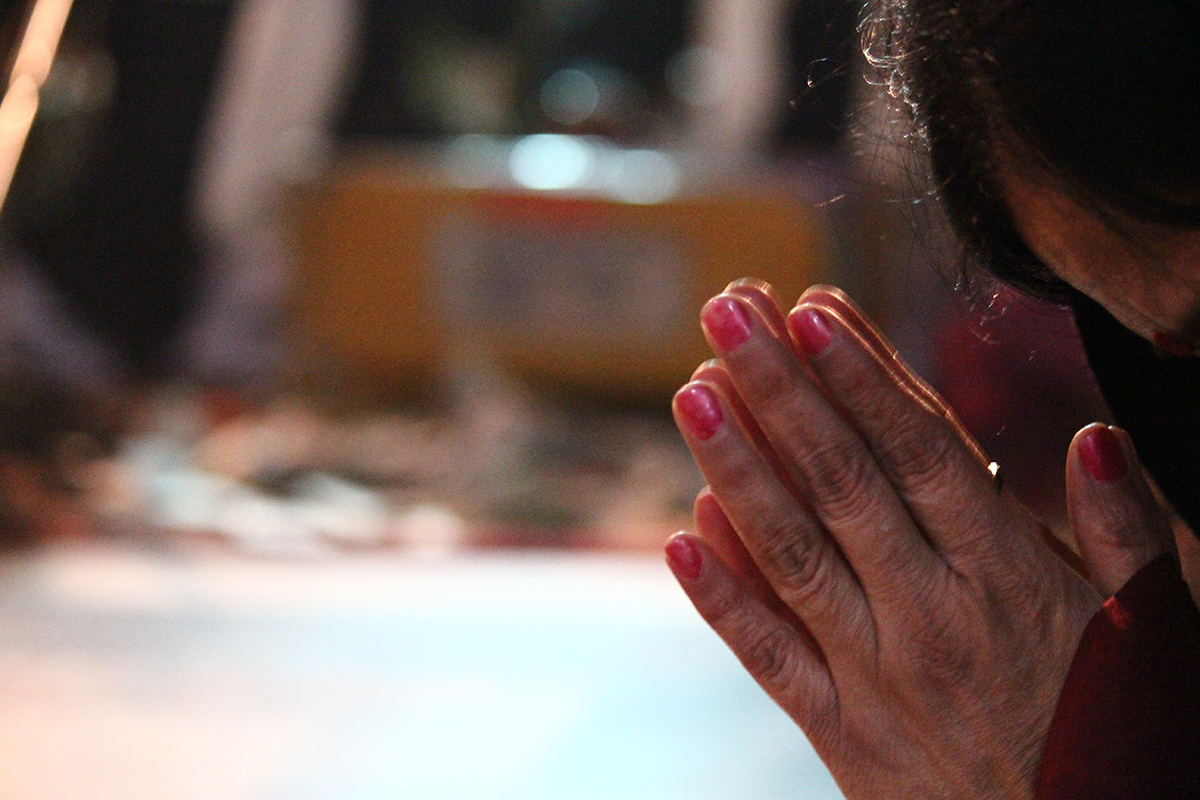

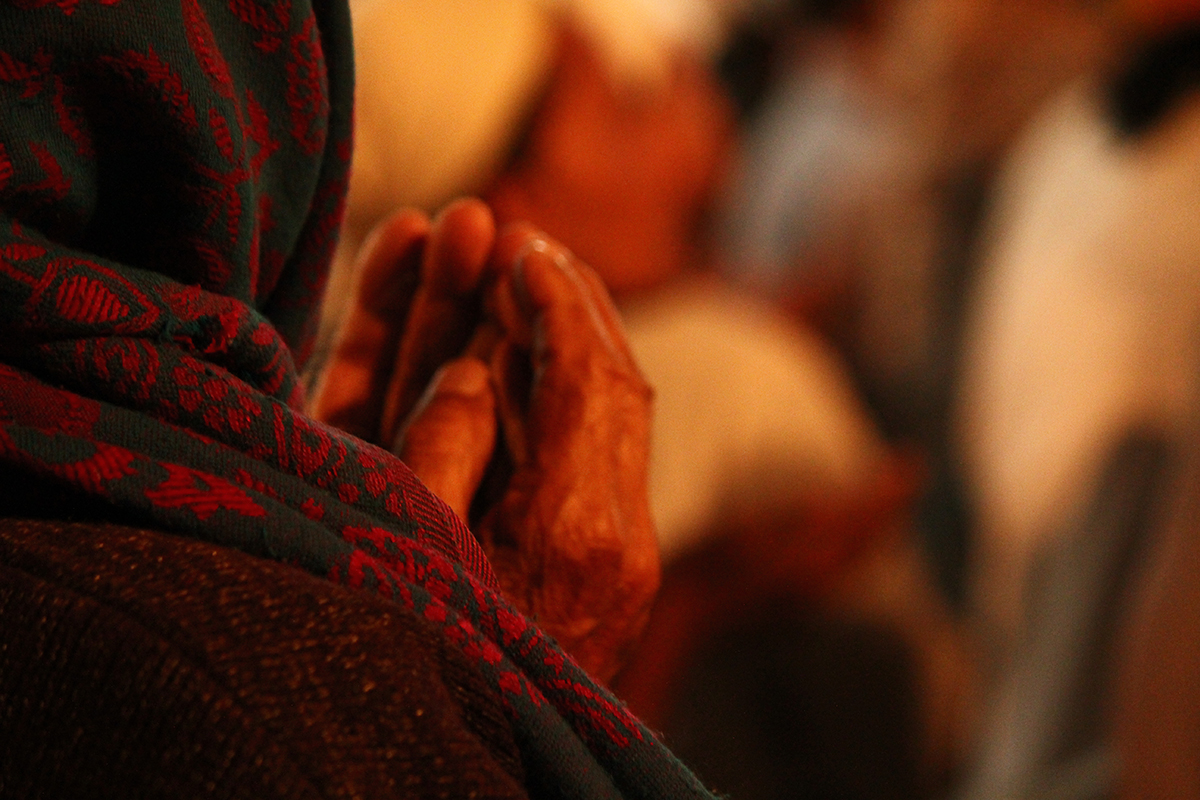

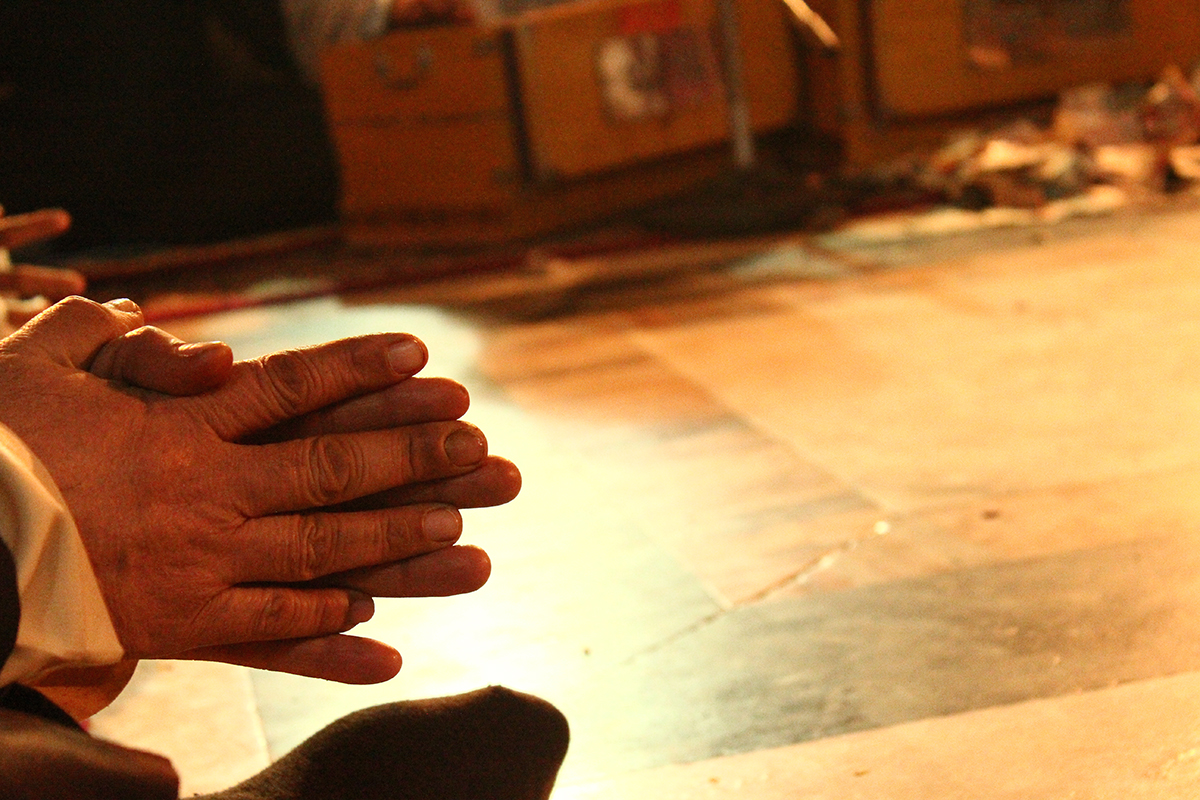
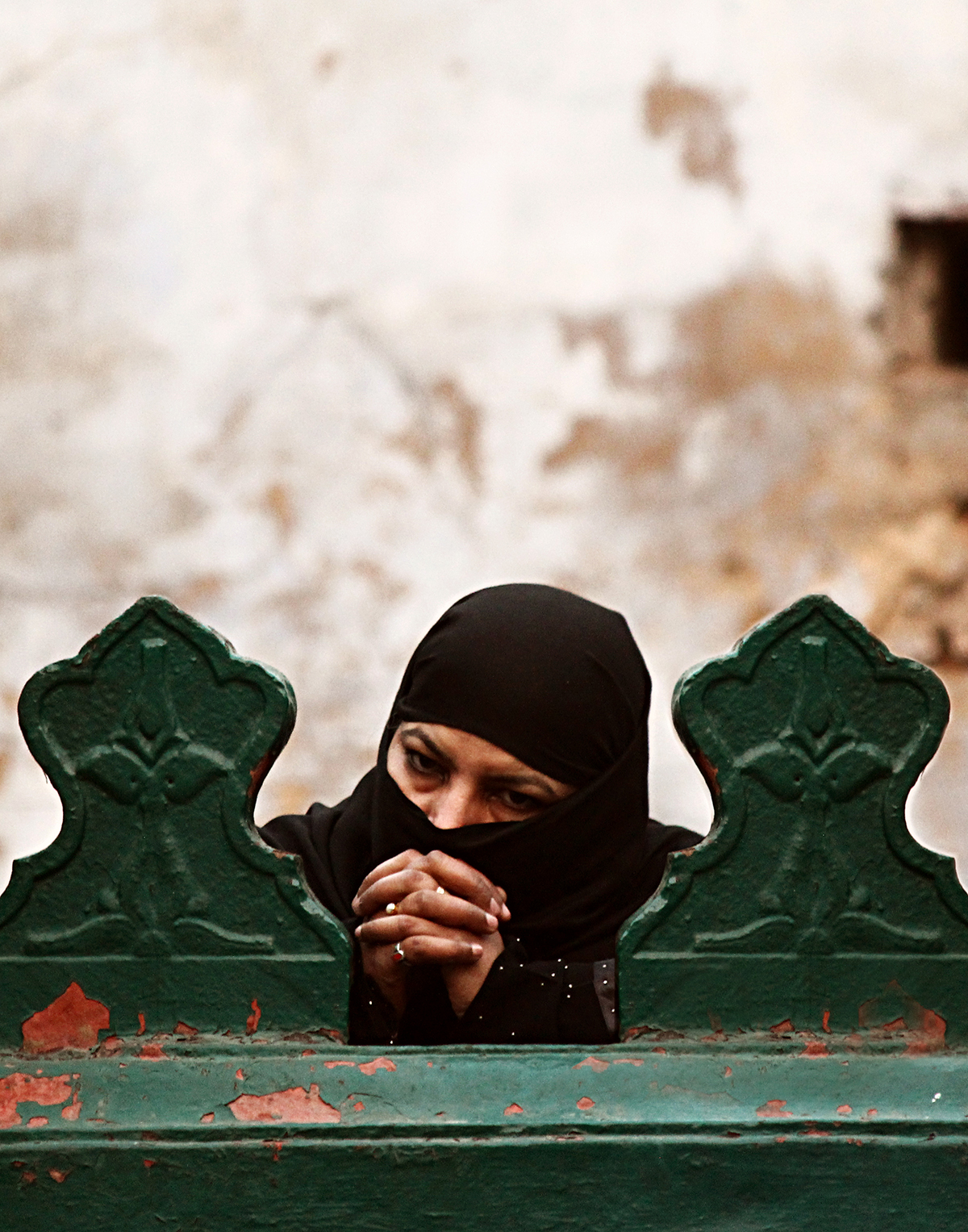


Qawwal Ghulam Rasool – even when his grandson underwent surgery, he came the same evening to sing to Nizam and Khusro.
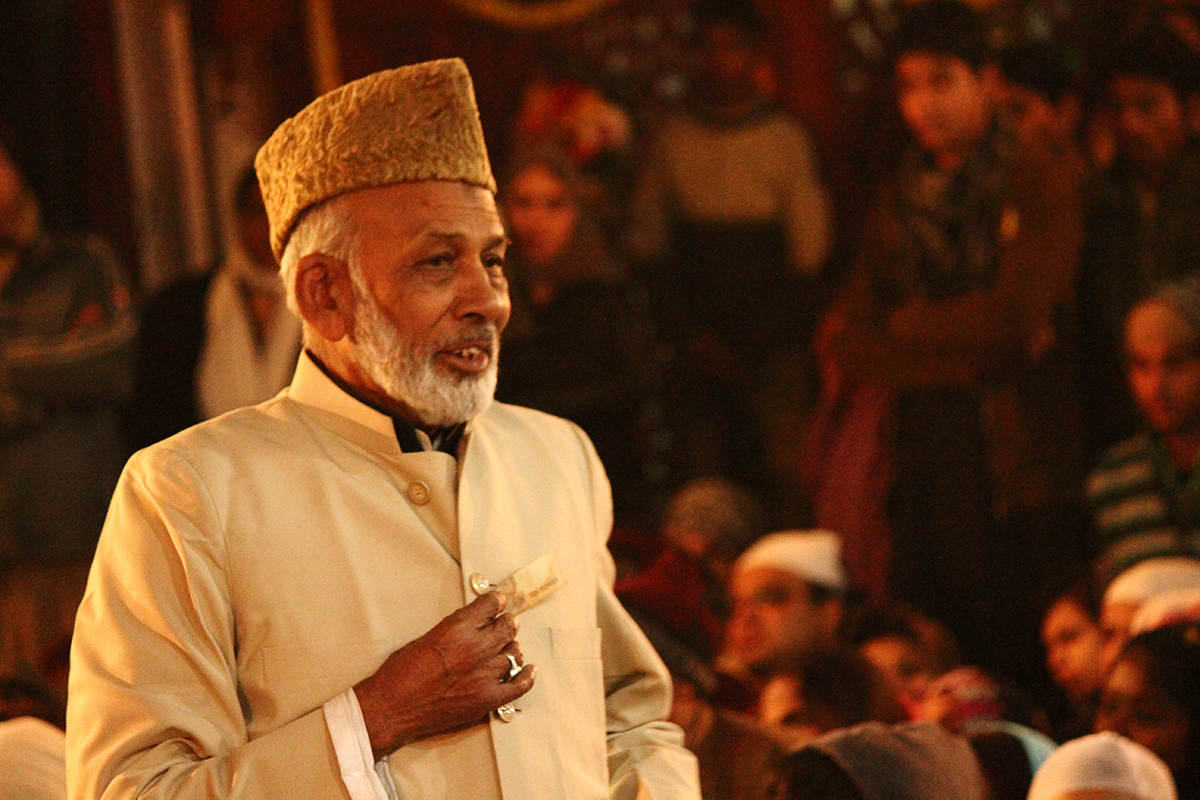
Qawwal Ghulam Rasool – even when his grandson underwent surgery, he came the same evening to sing to Nizam and Khusro.
The praise of Nizam and Khusro will always be sung.
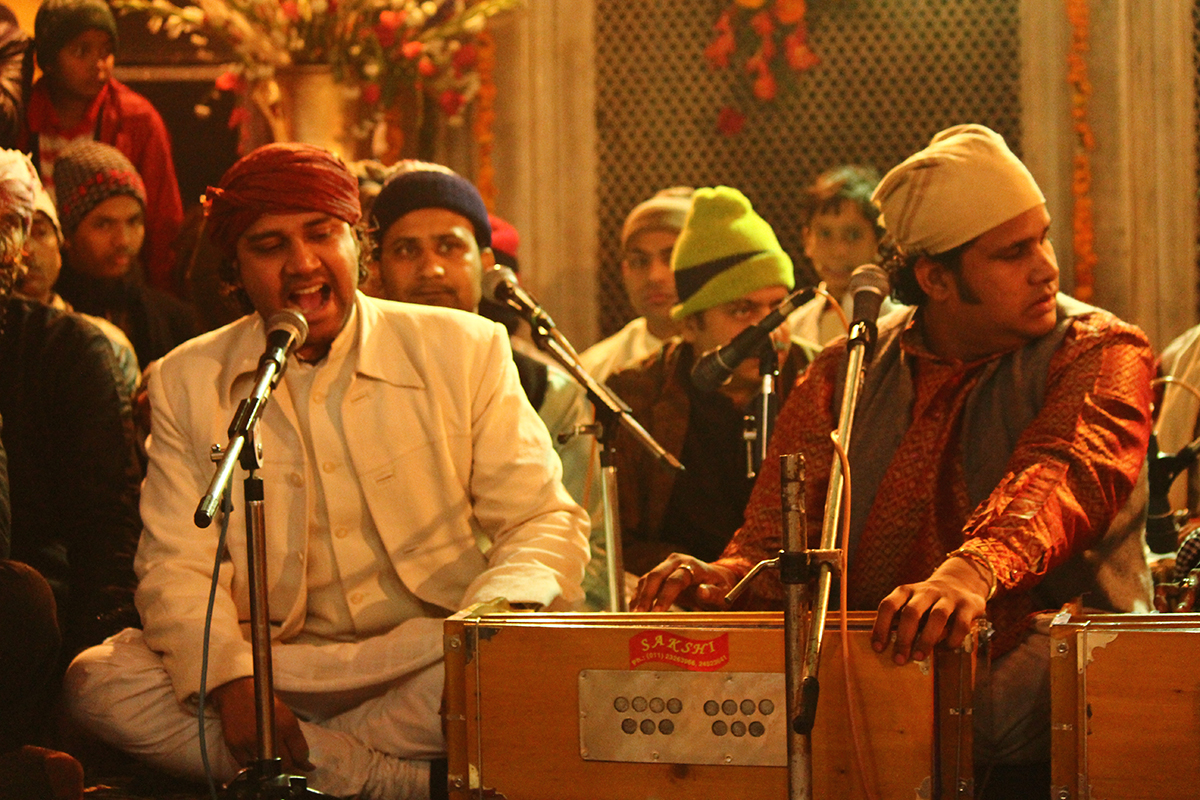
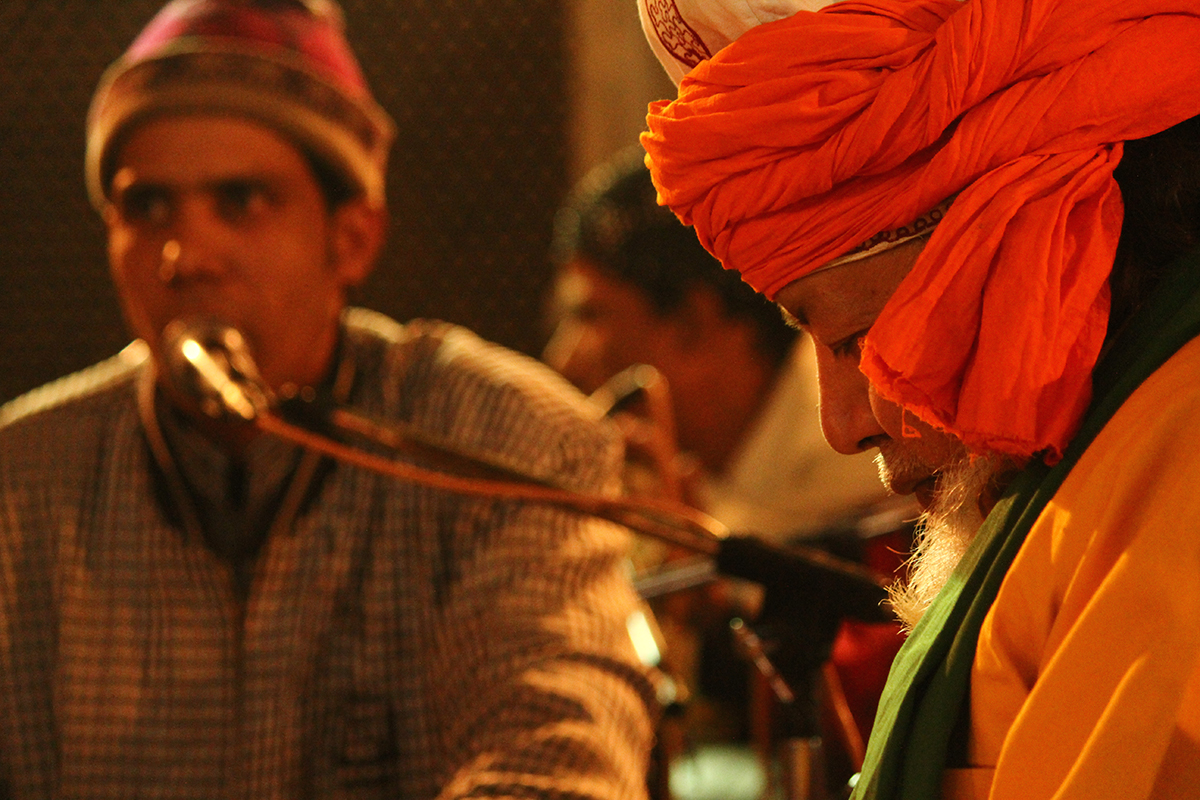

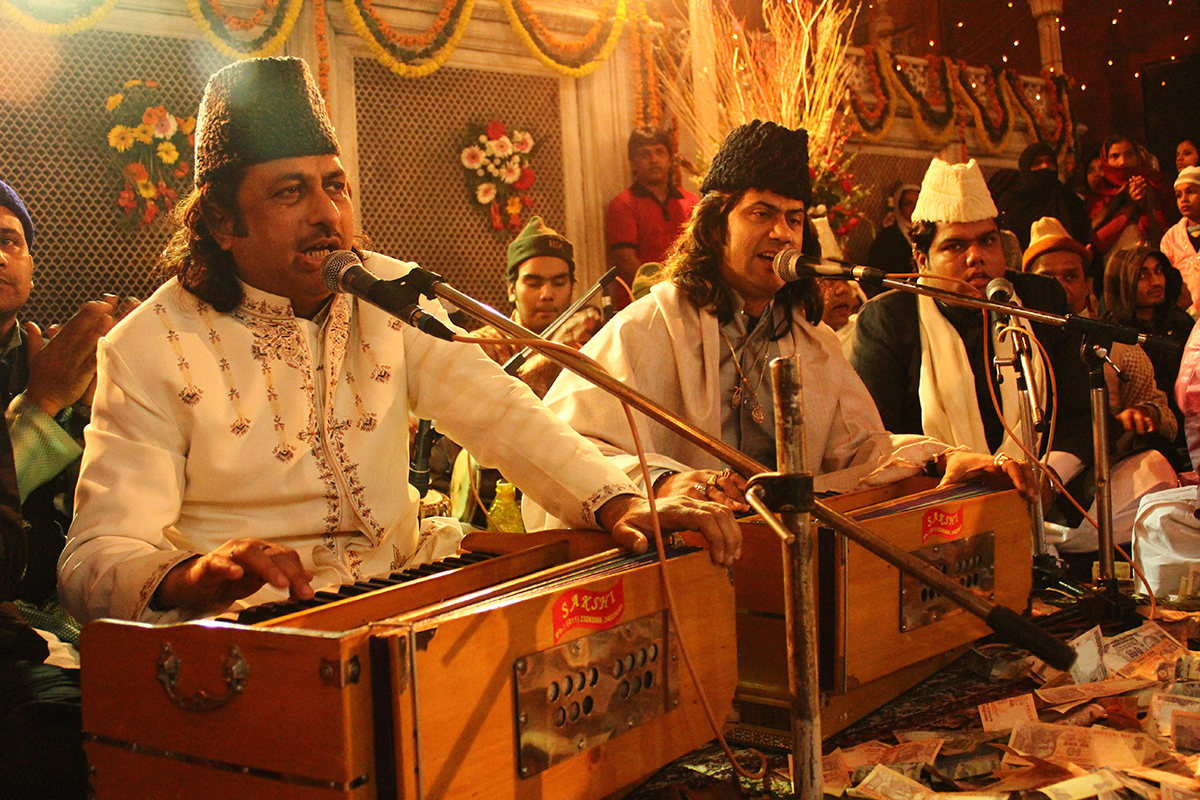
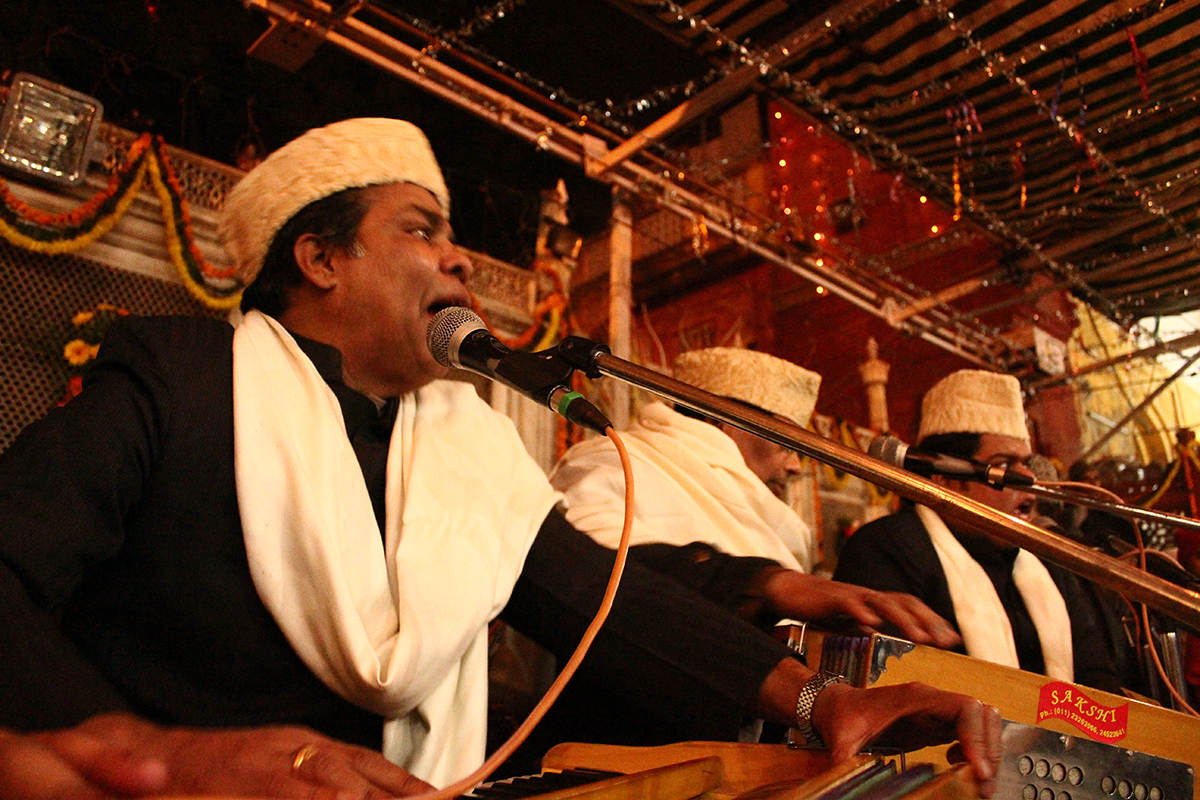
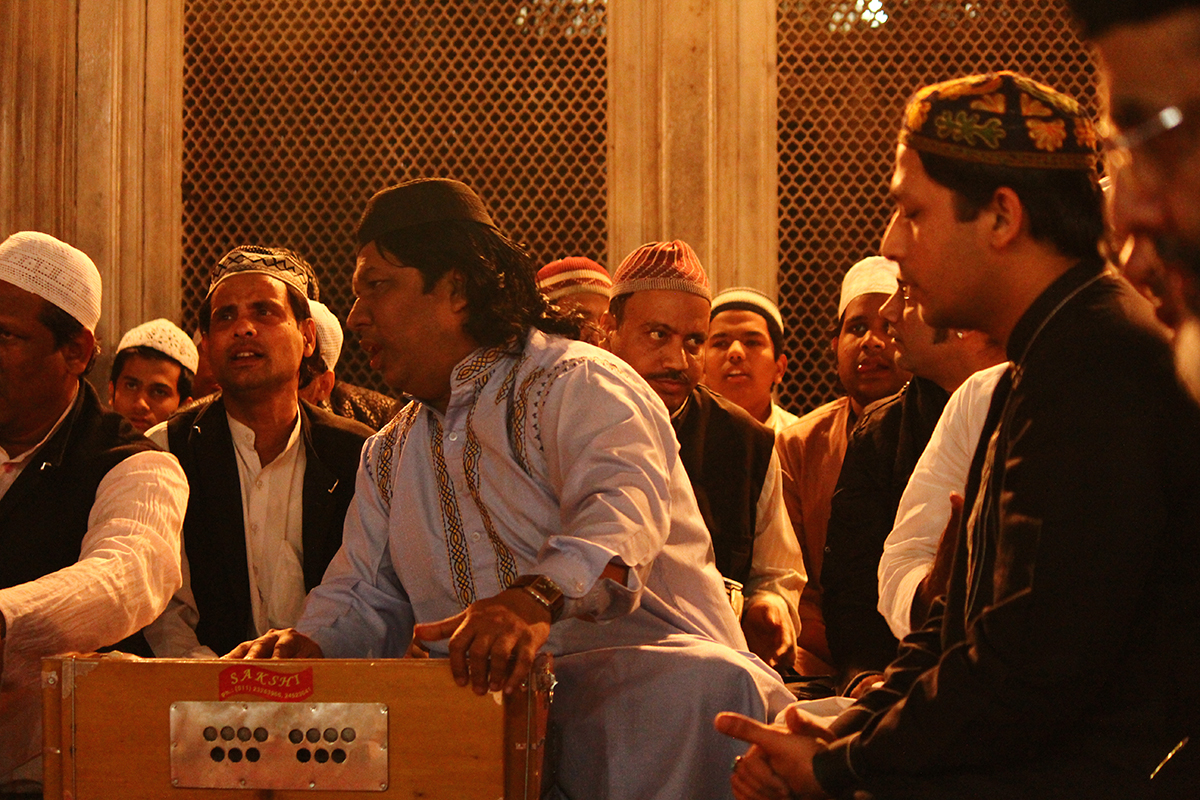

A painting of Khusro at the masjid in the darbar.
Credits – All photographs by -Aalok Soni
Captions written for Sufinama by – Mr. Meher Murshed
Photo Editing for Sufinama by – Monis Yousafzai
Website of Aalok Soni – www. aalokSoni.com
Guest Authors
- Aatif Kazmi
- Absar Balkhi
- Afzal Muhammad Farooqui Safvi
- Ahmad Raza Ashrafi
- Ahmer Raza
- Akhlaque Ahan
- Arun Prakash Ray
- Balram Shukla
- Dr. Kabeeruddin Khan Warsi
- Faiz Ali Shah
- Farhat Ehsas
- Iltefat Amjadi
- Jabir Khan Warsi
- Junaid Ahmad Noor
- Kaleem Athar
- Khursheed Alam
- Mazhar Farid
- Meher Murshed
- Mustaquim Pervez
- Qurban Ali
- Raiyan Abulolai
- Rekha Pande
- Saabir Raza Rahbar Misbahi
- Shamim Tariq
- Sharid Ansari
- Shashi Tandon
- Sufinama Archive
- Syed Ali Nadeem Rezavi
- Syed Moin Alvi
- Syed Rizwanullah Wahidi
- Syed Shah Shamimuddin Ahmad Munemi
- Syed Shah Tariq Enayatullah Firdausi
- Umair Husami
- Yusuf Shahab
- Zafarullah Ansari
- Zunnoorain Alavi




